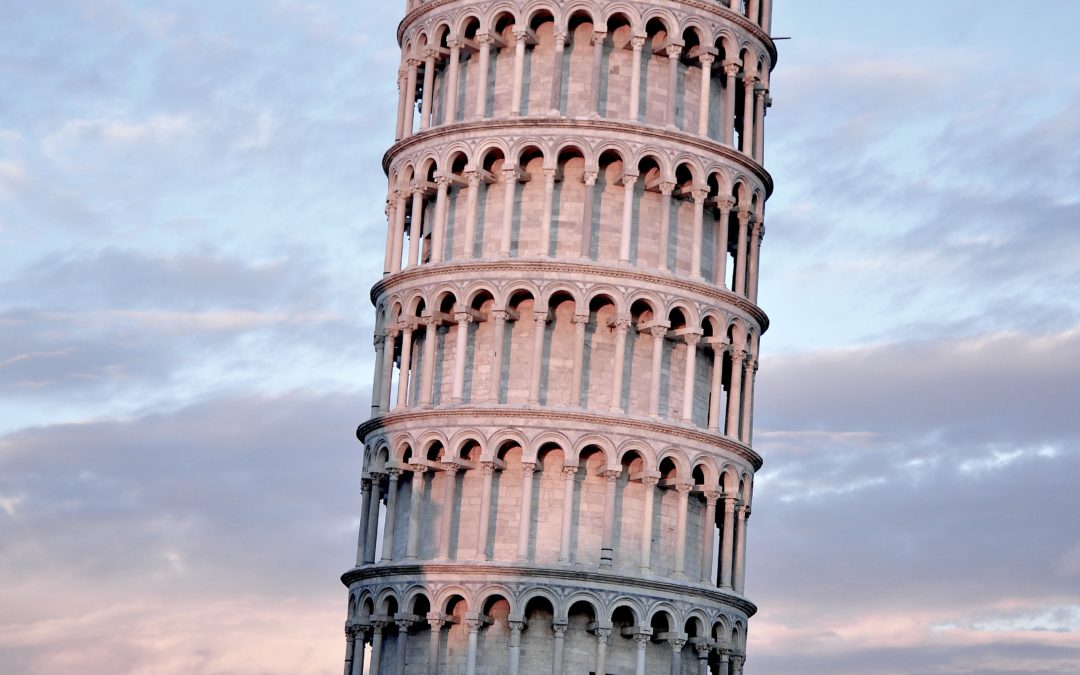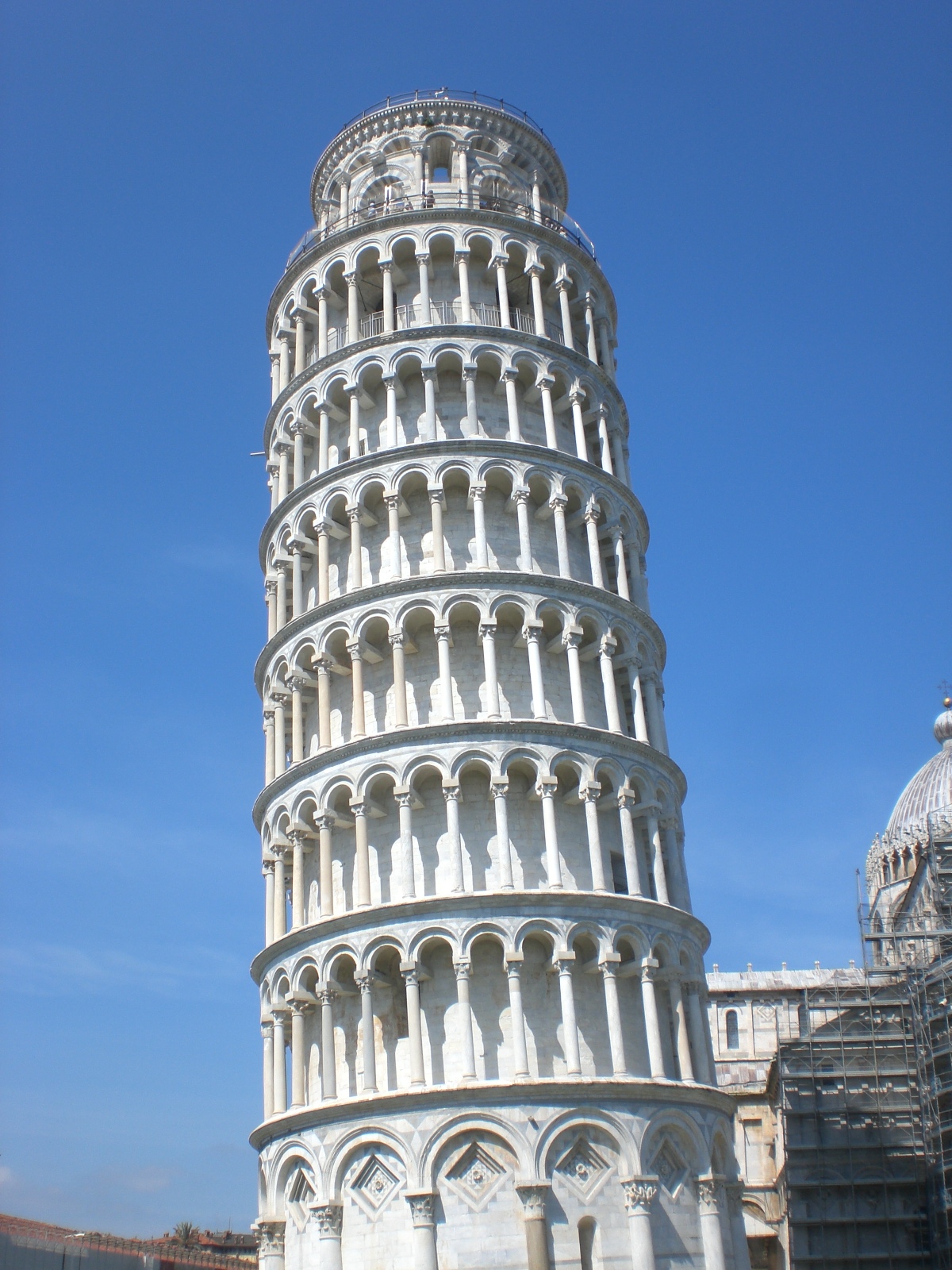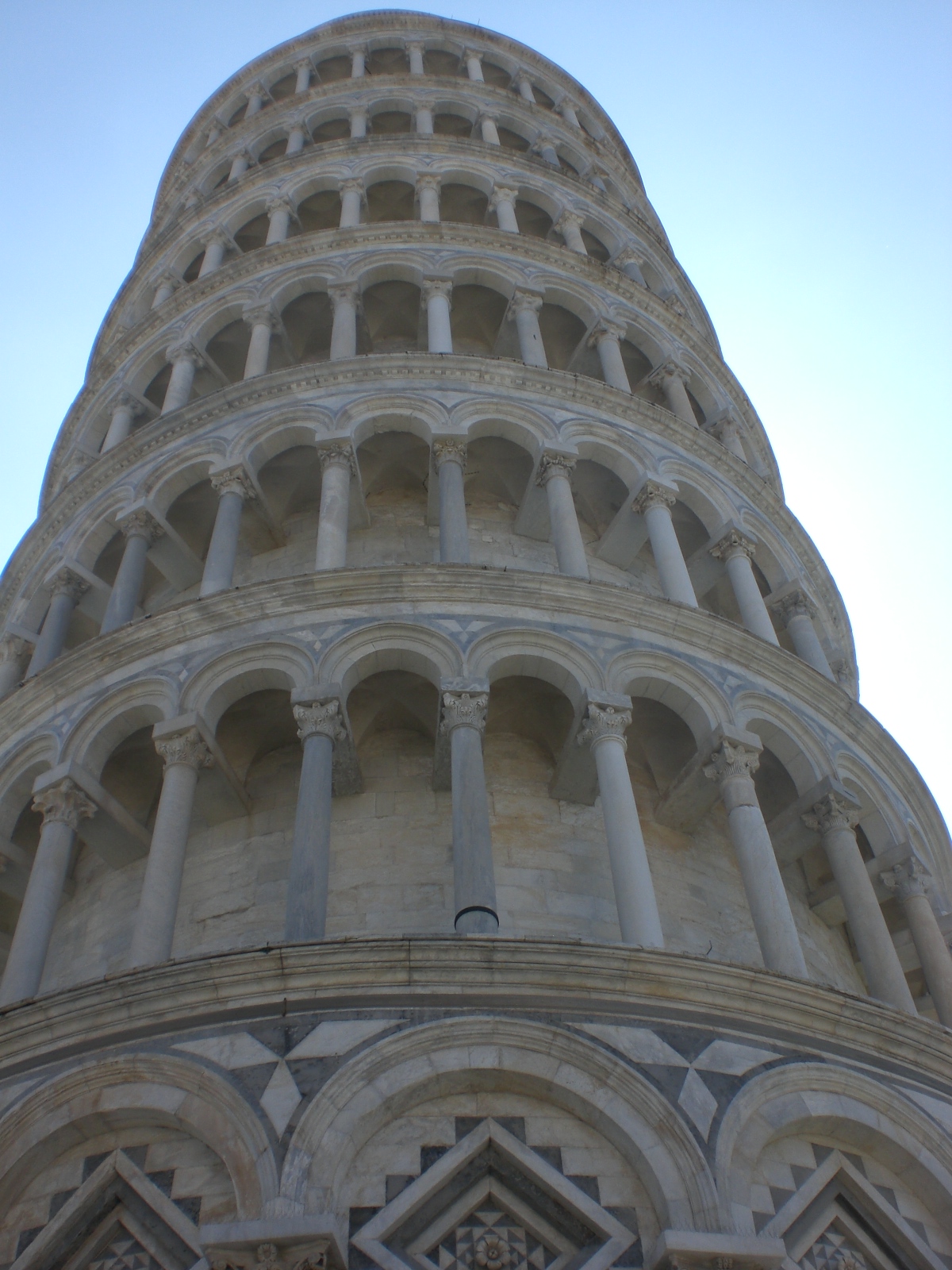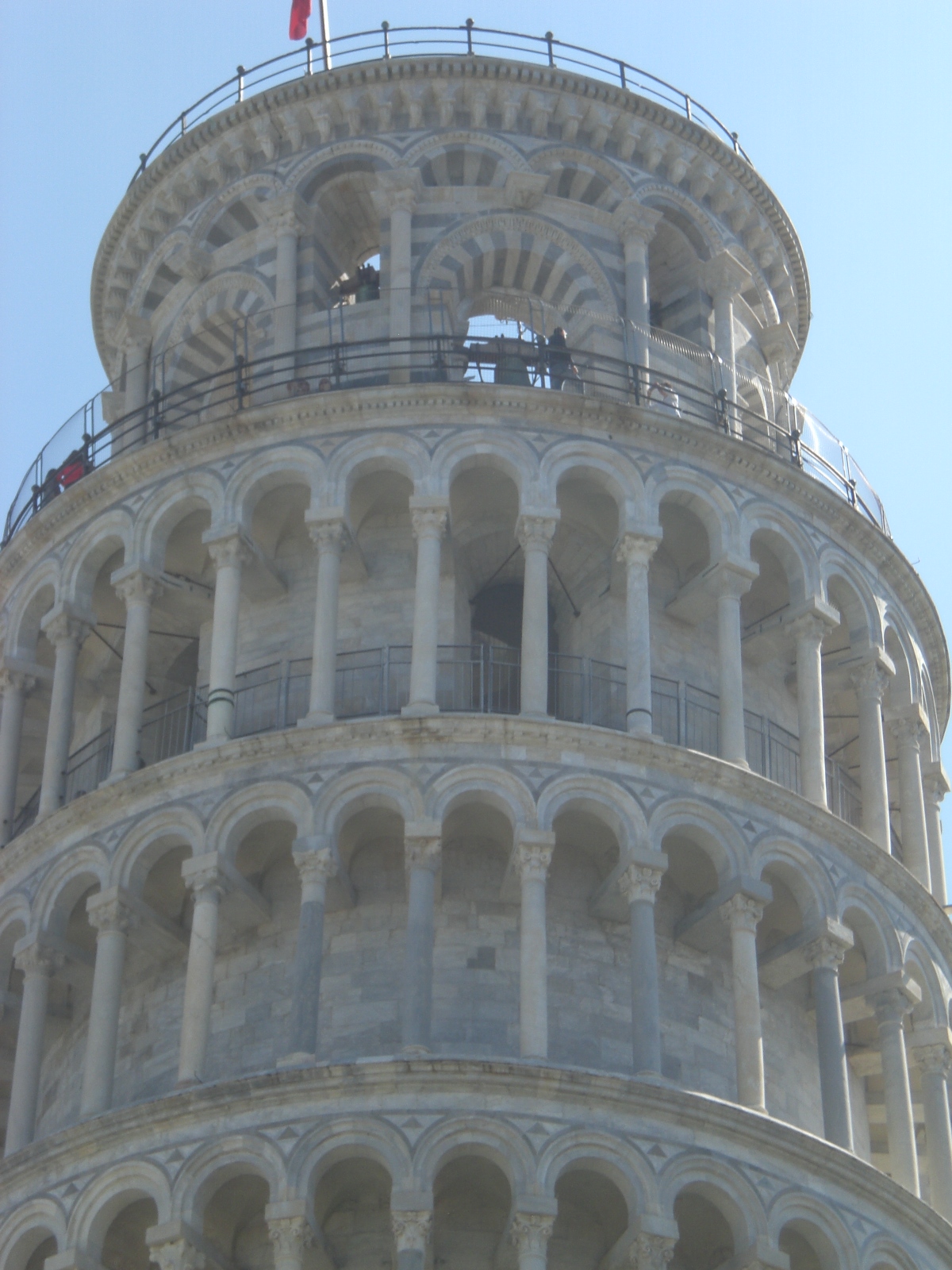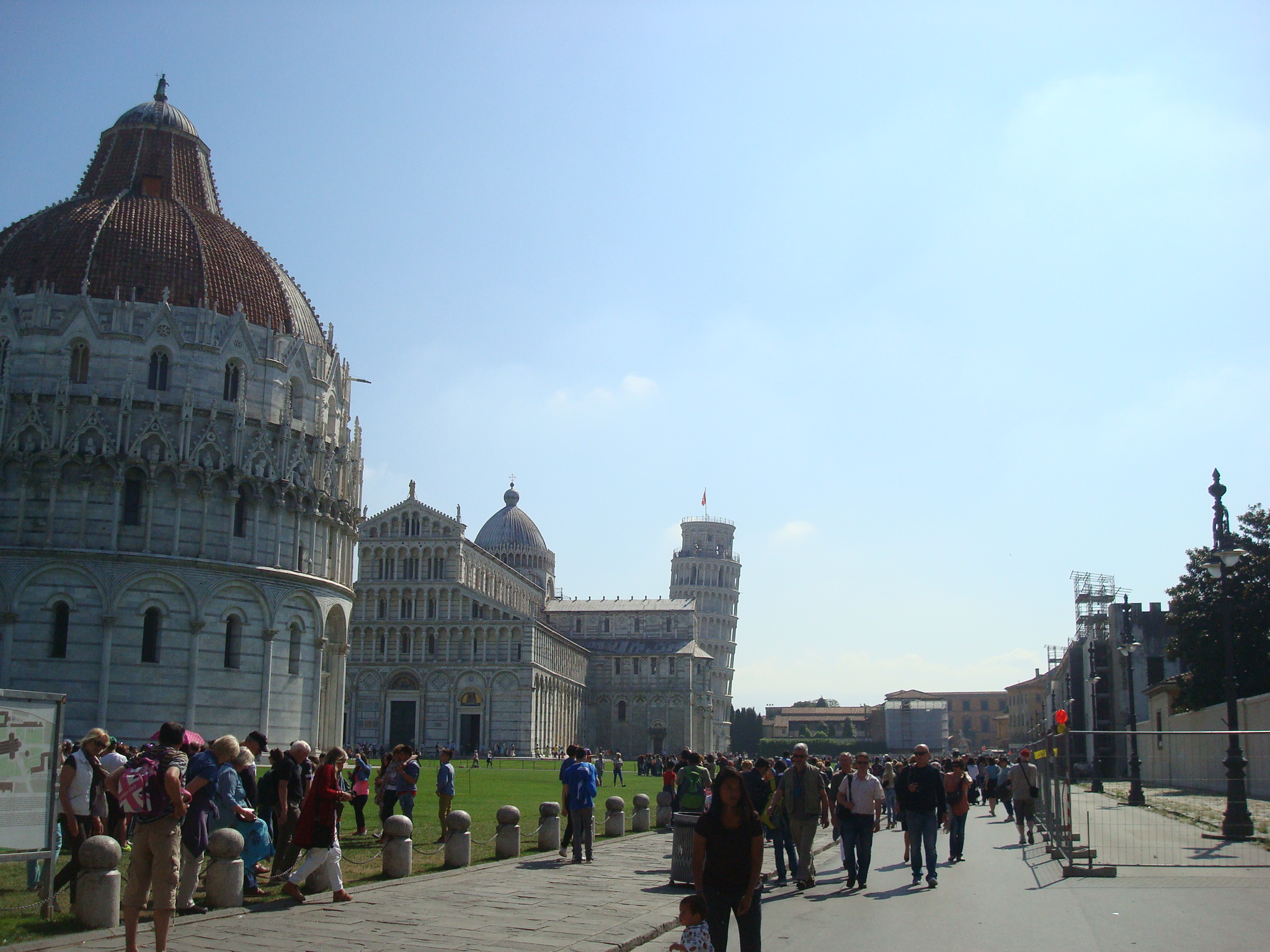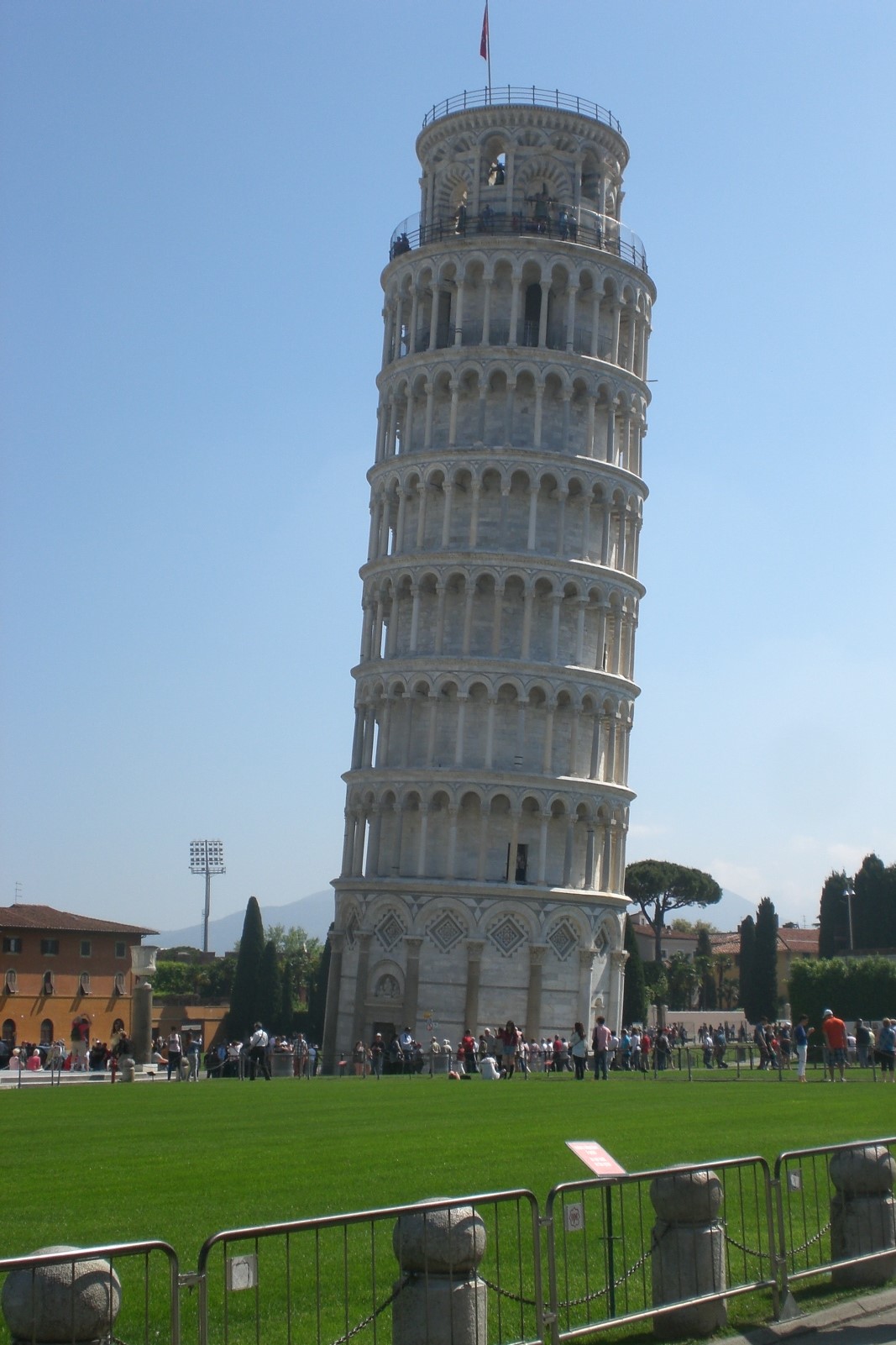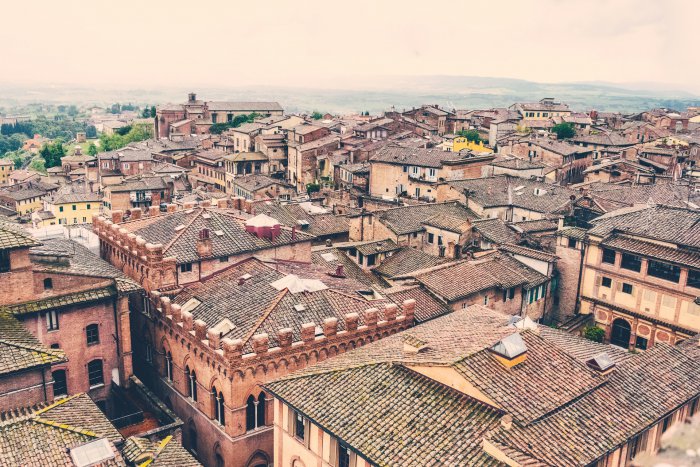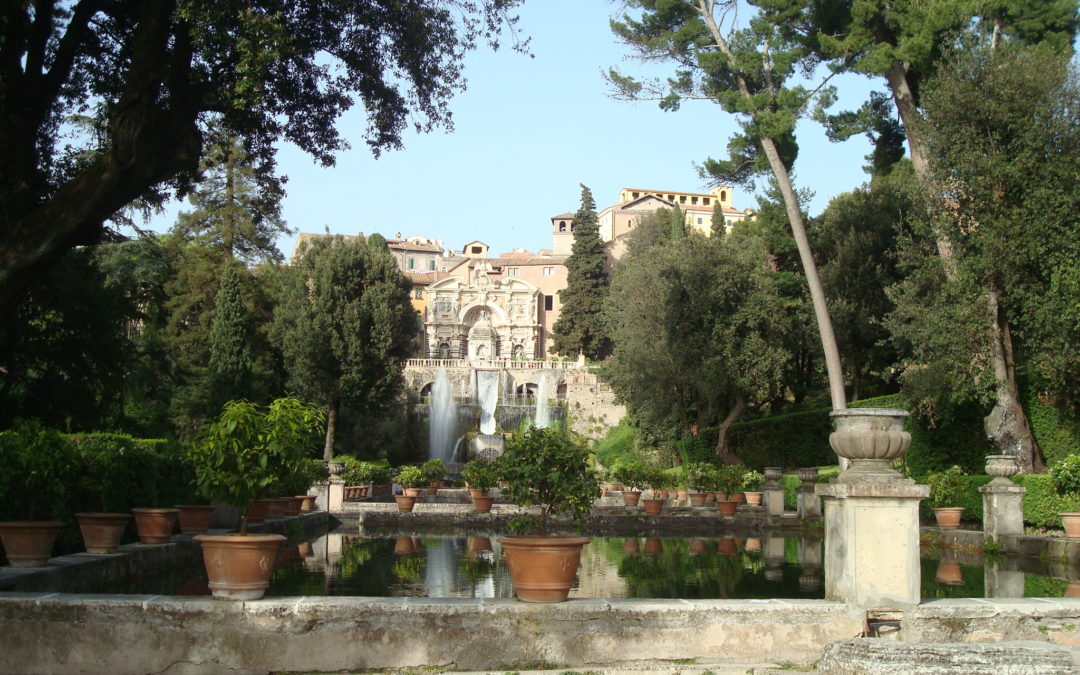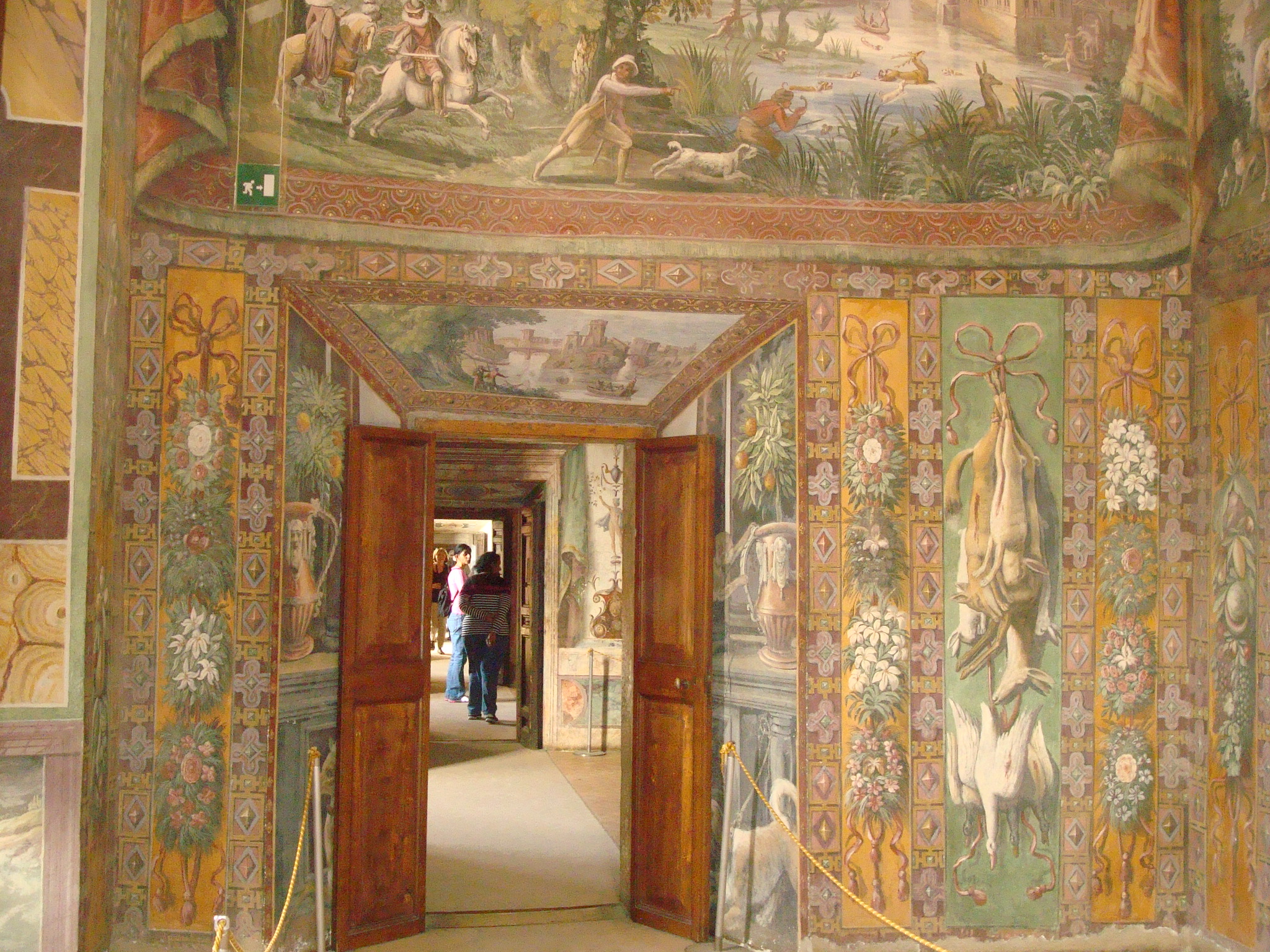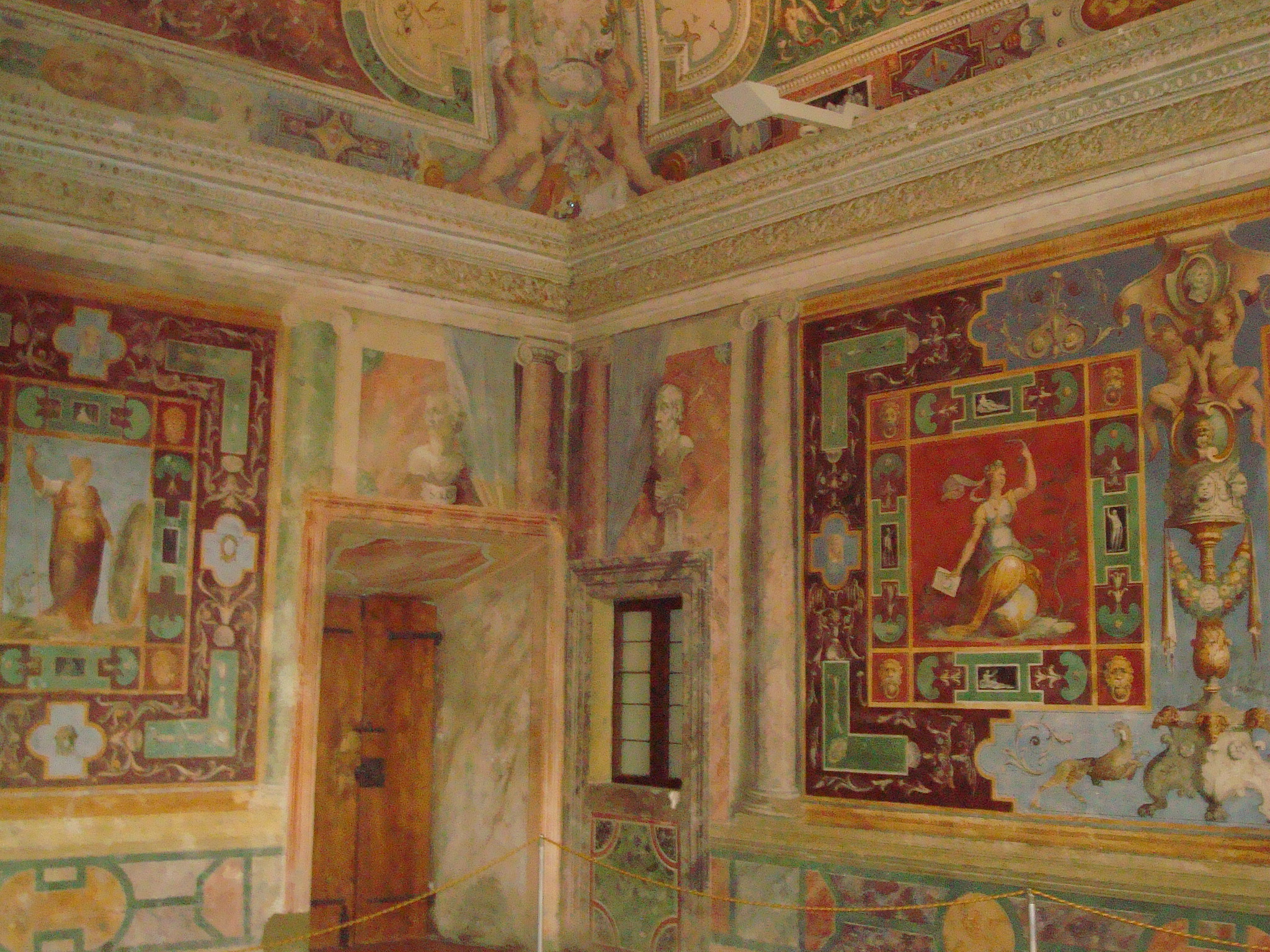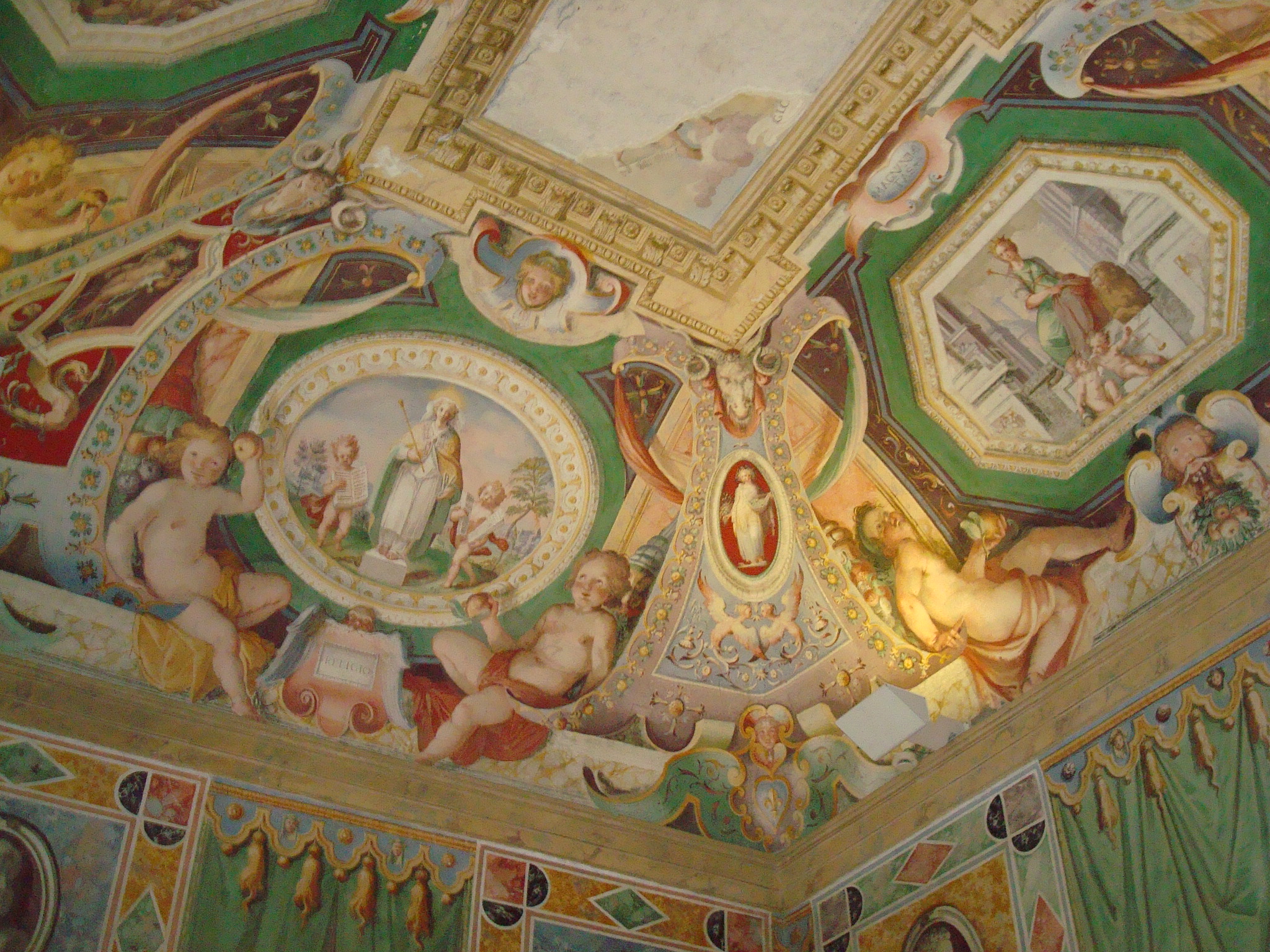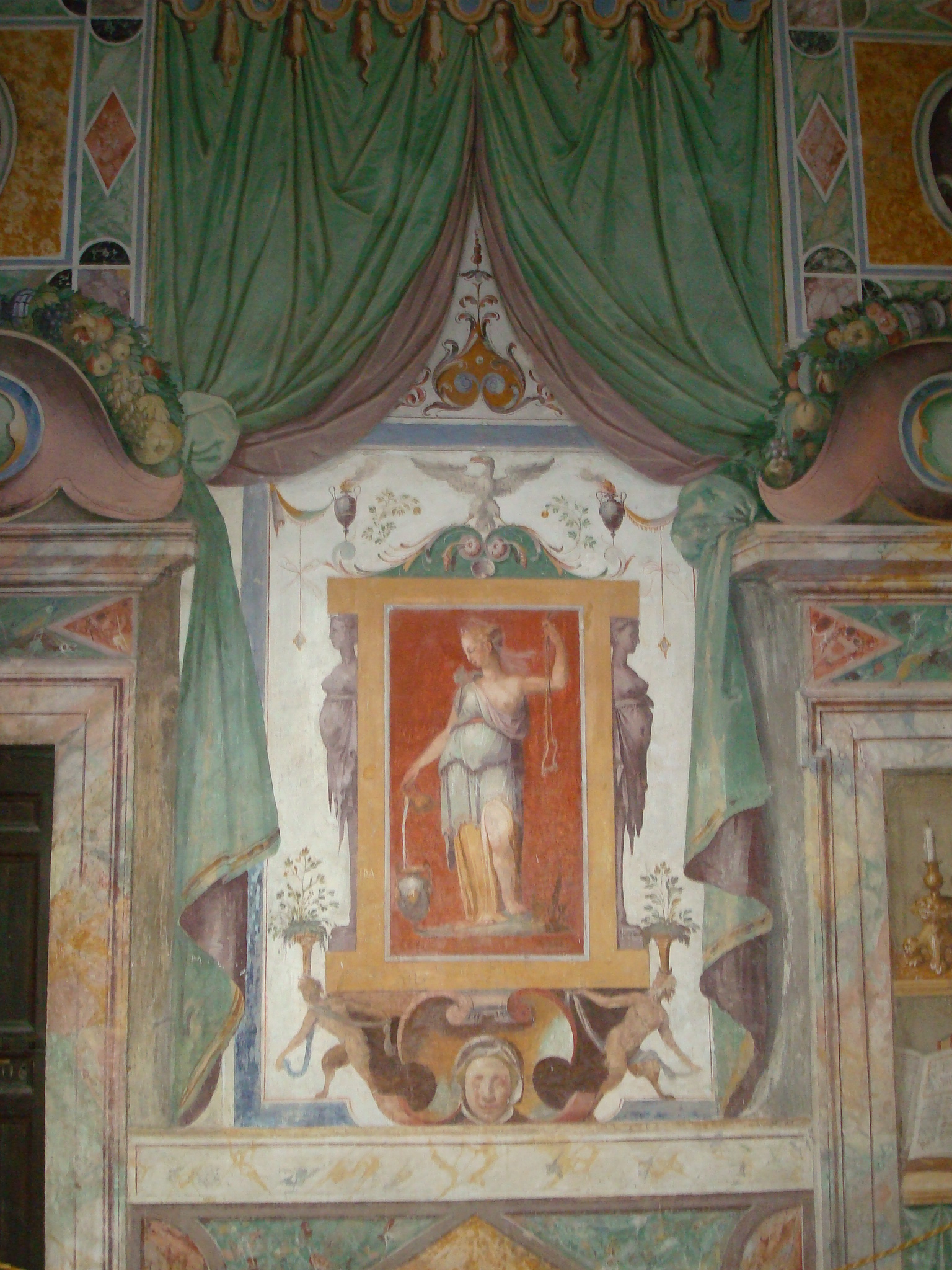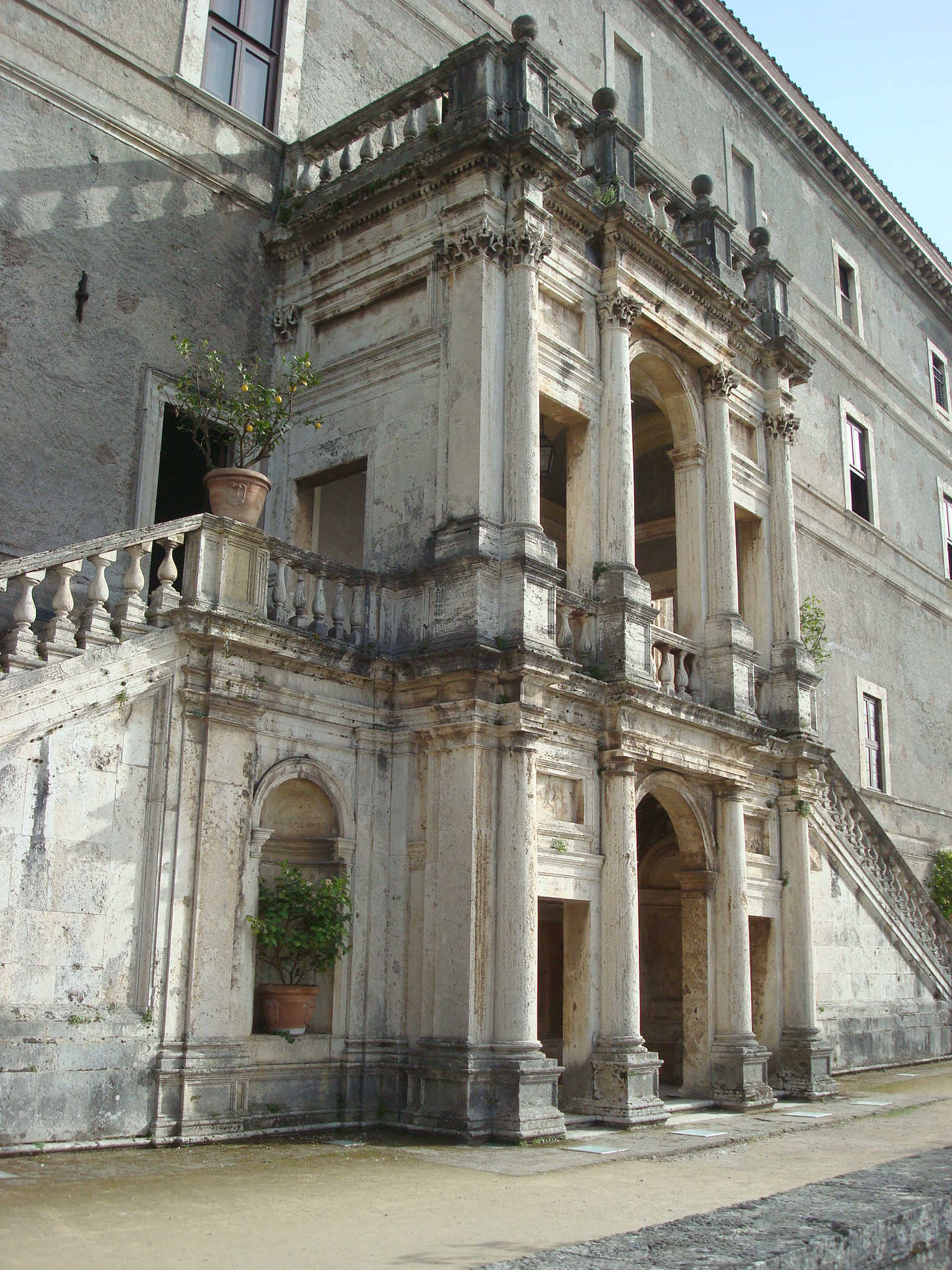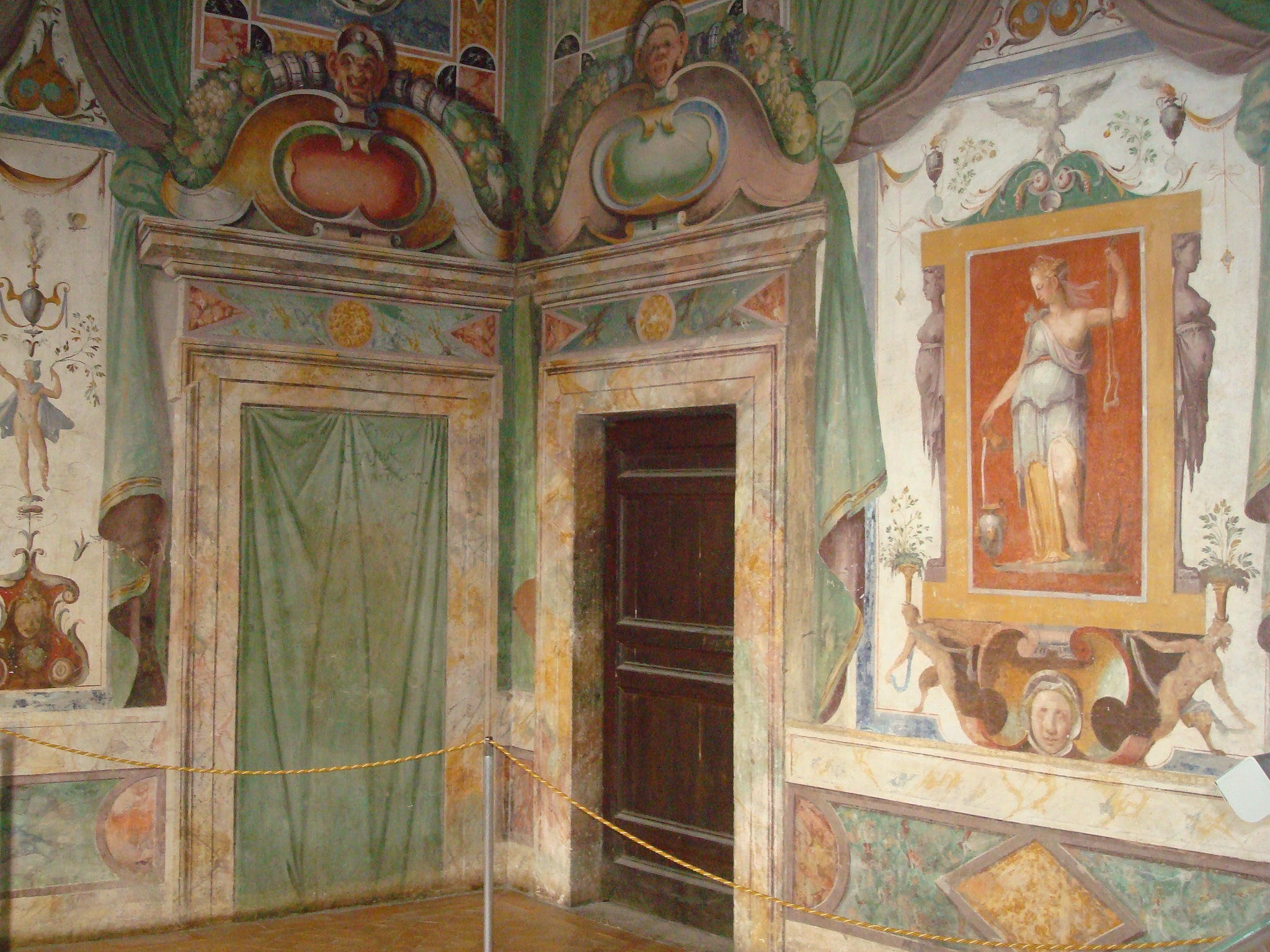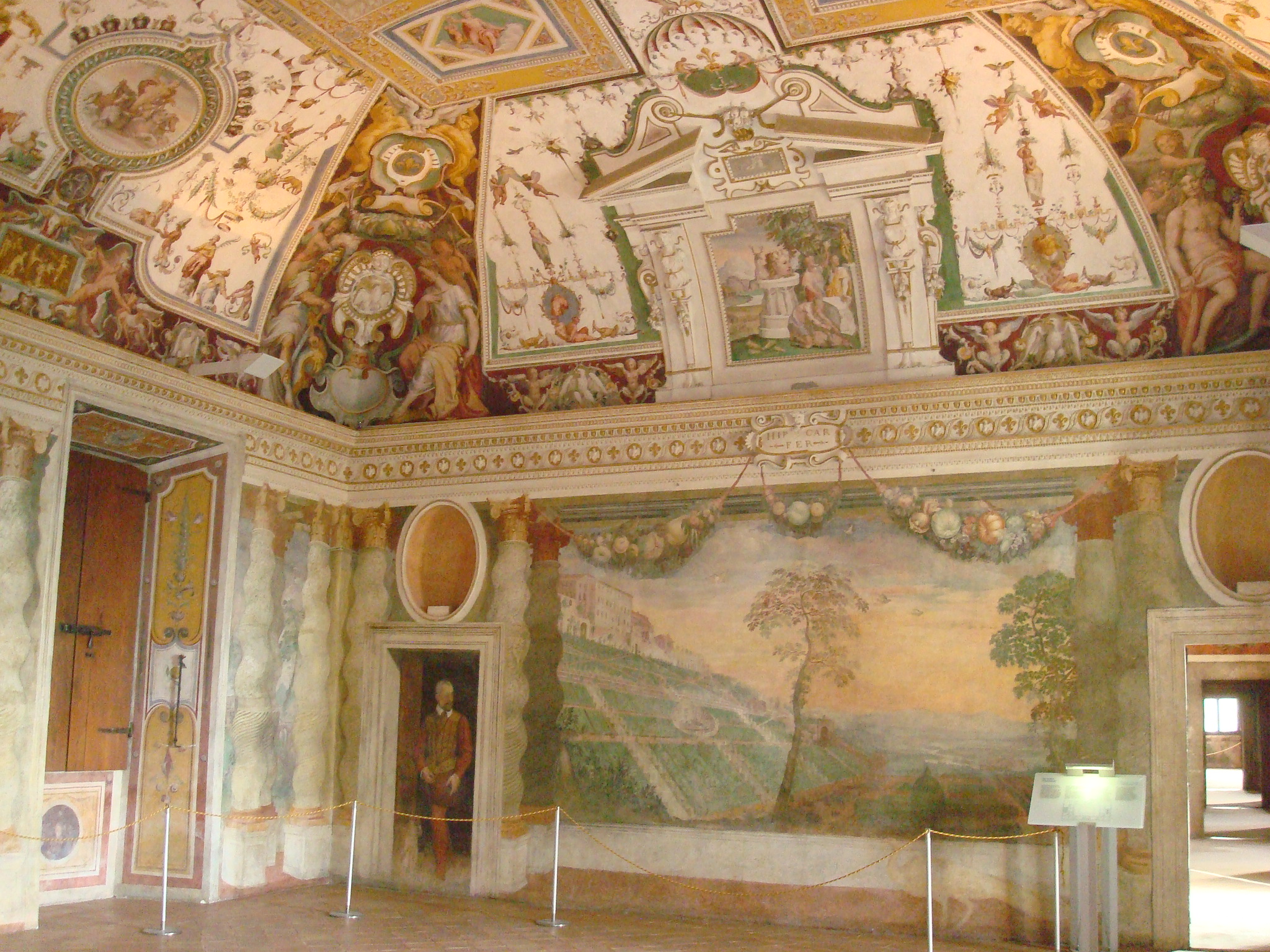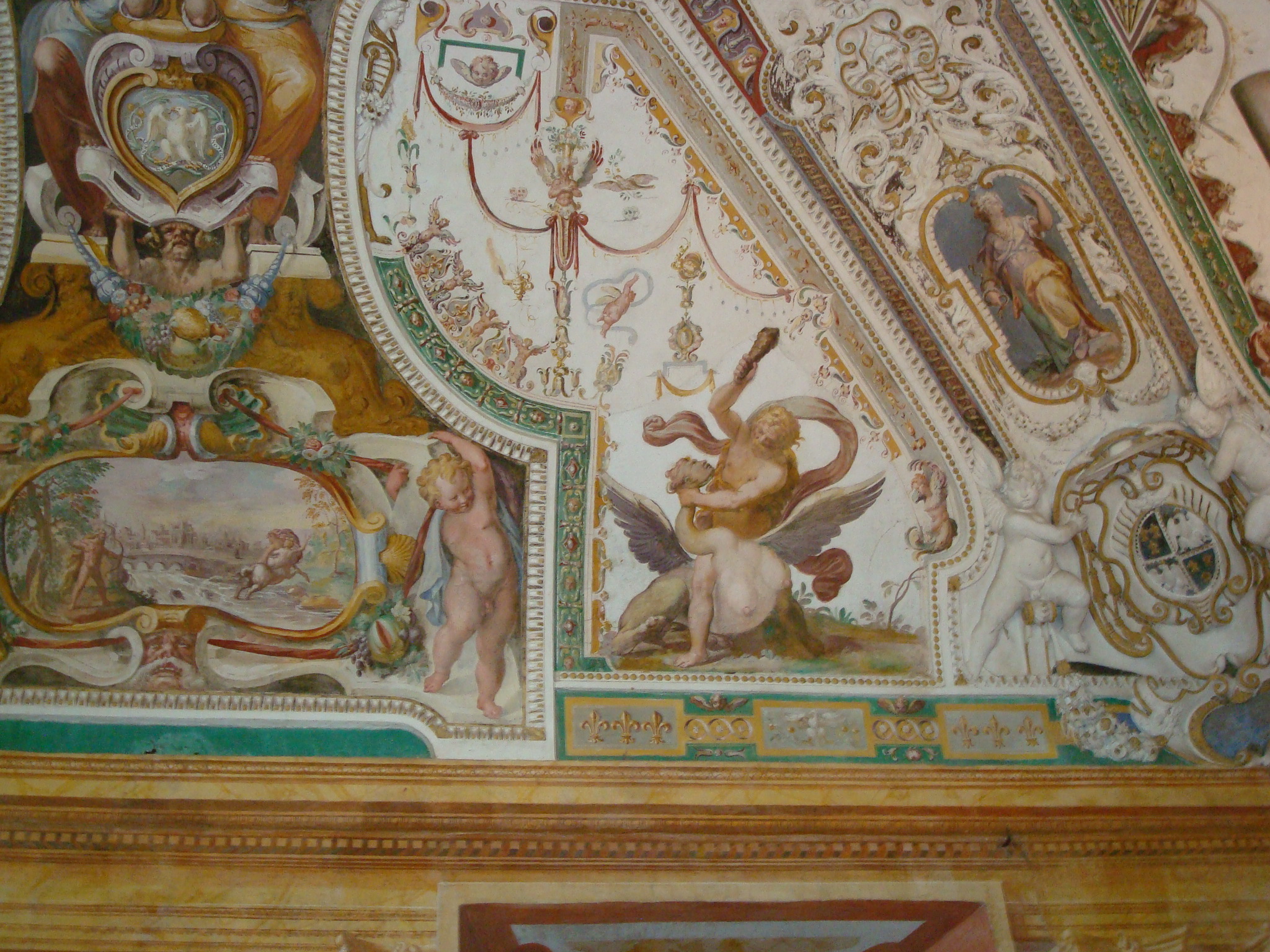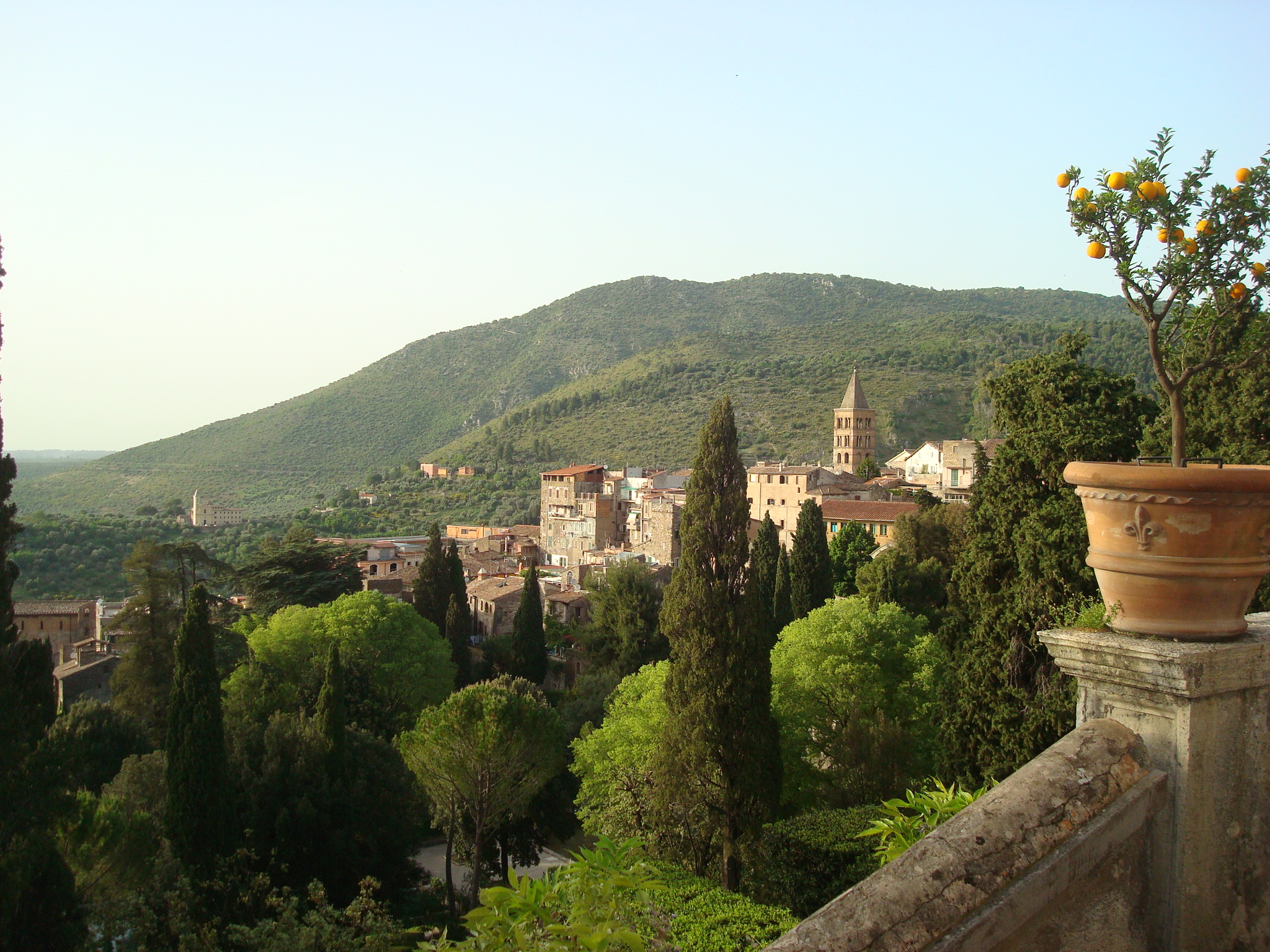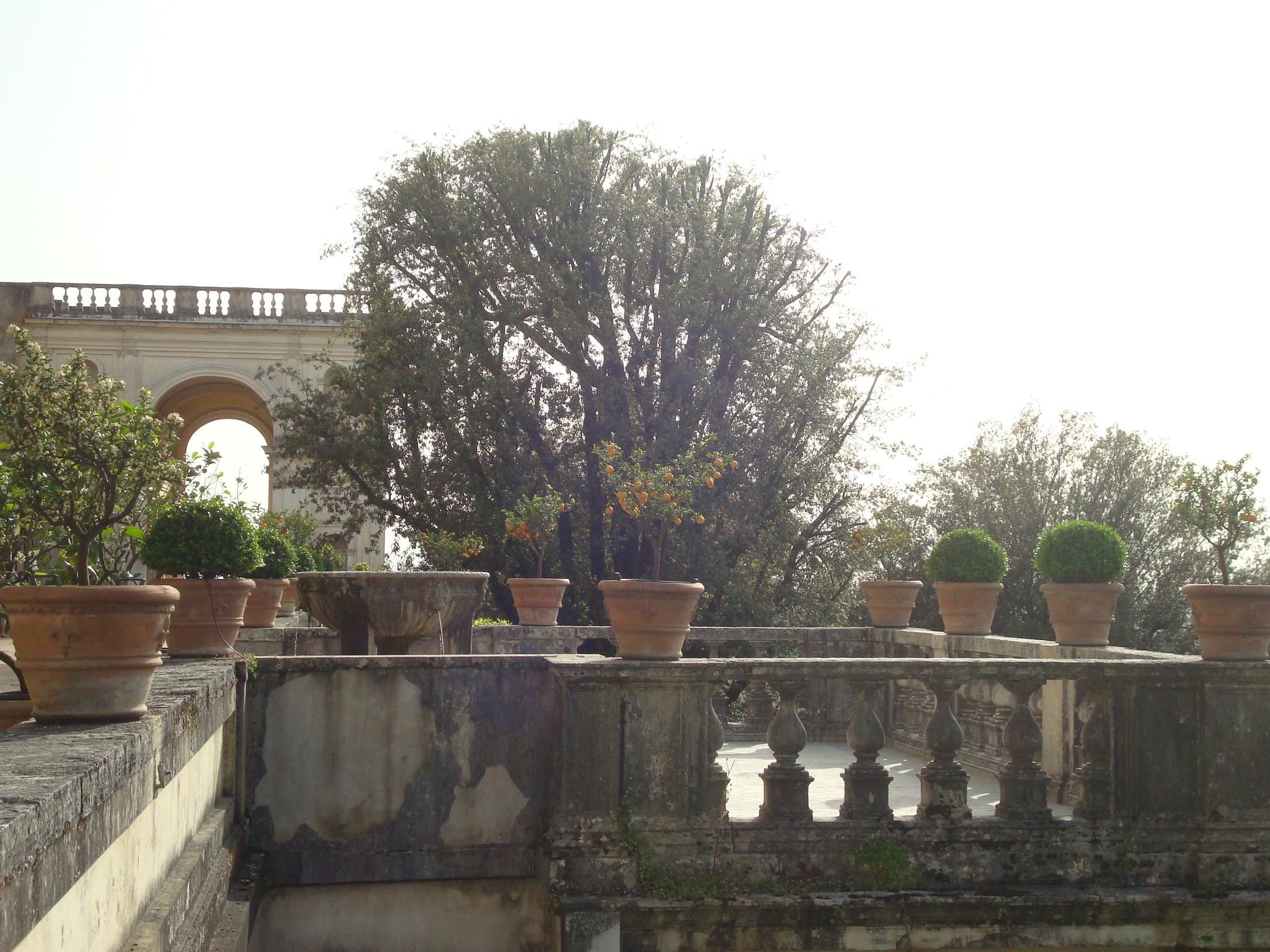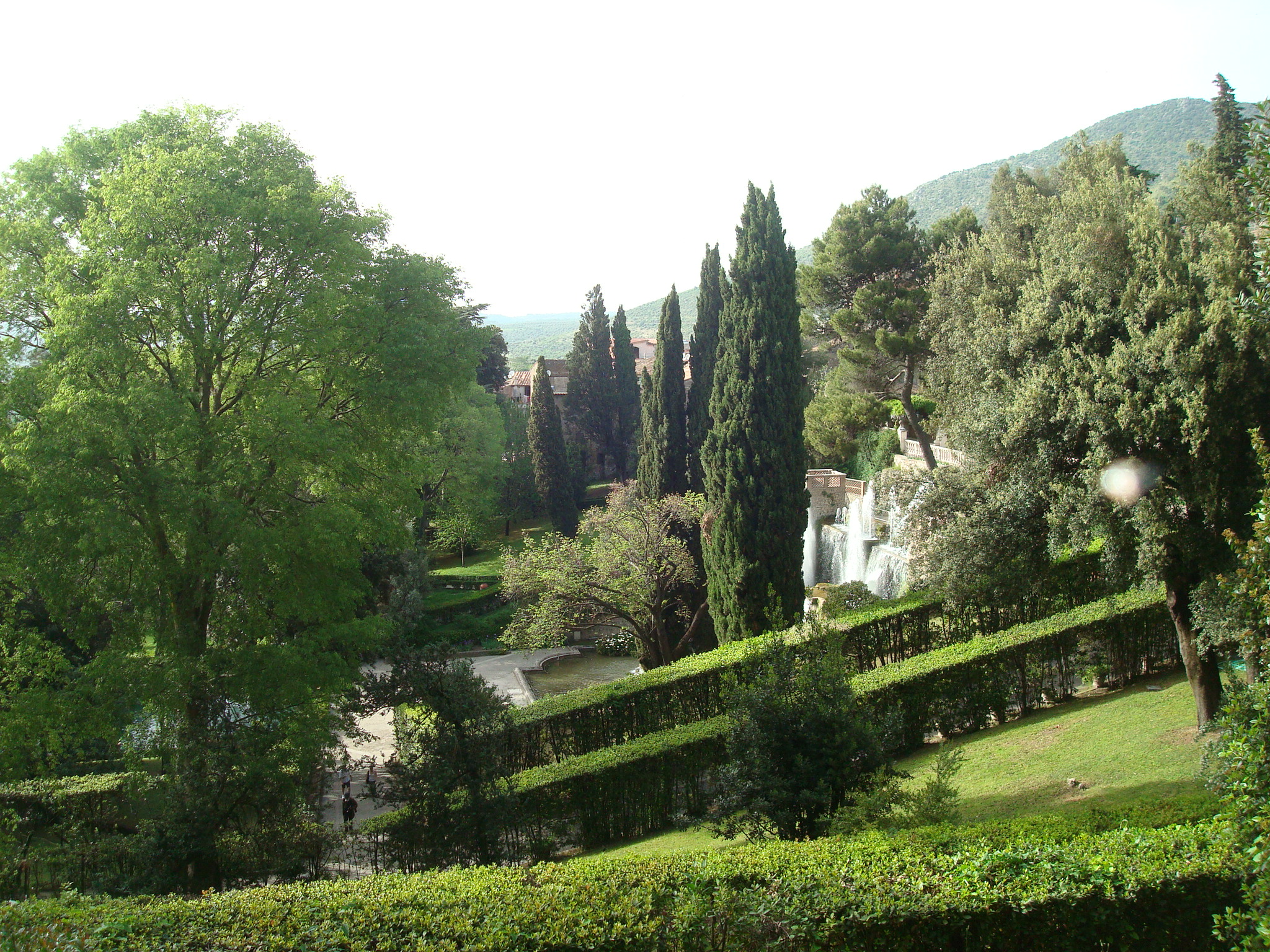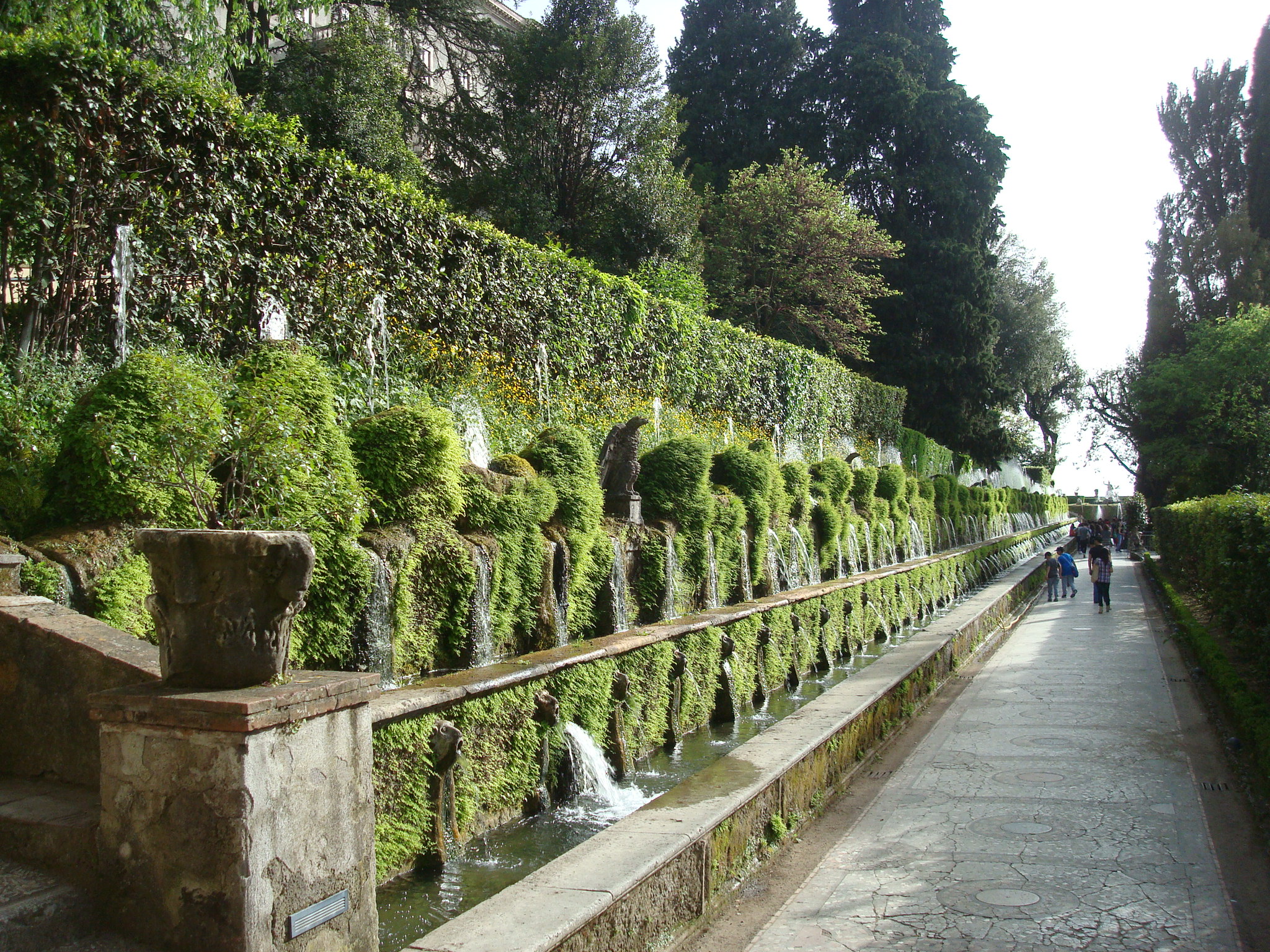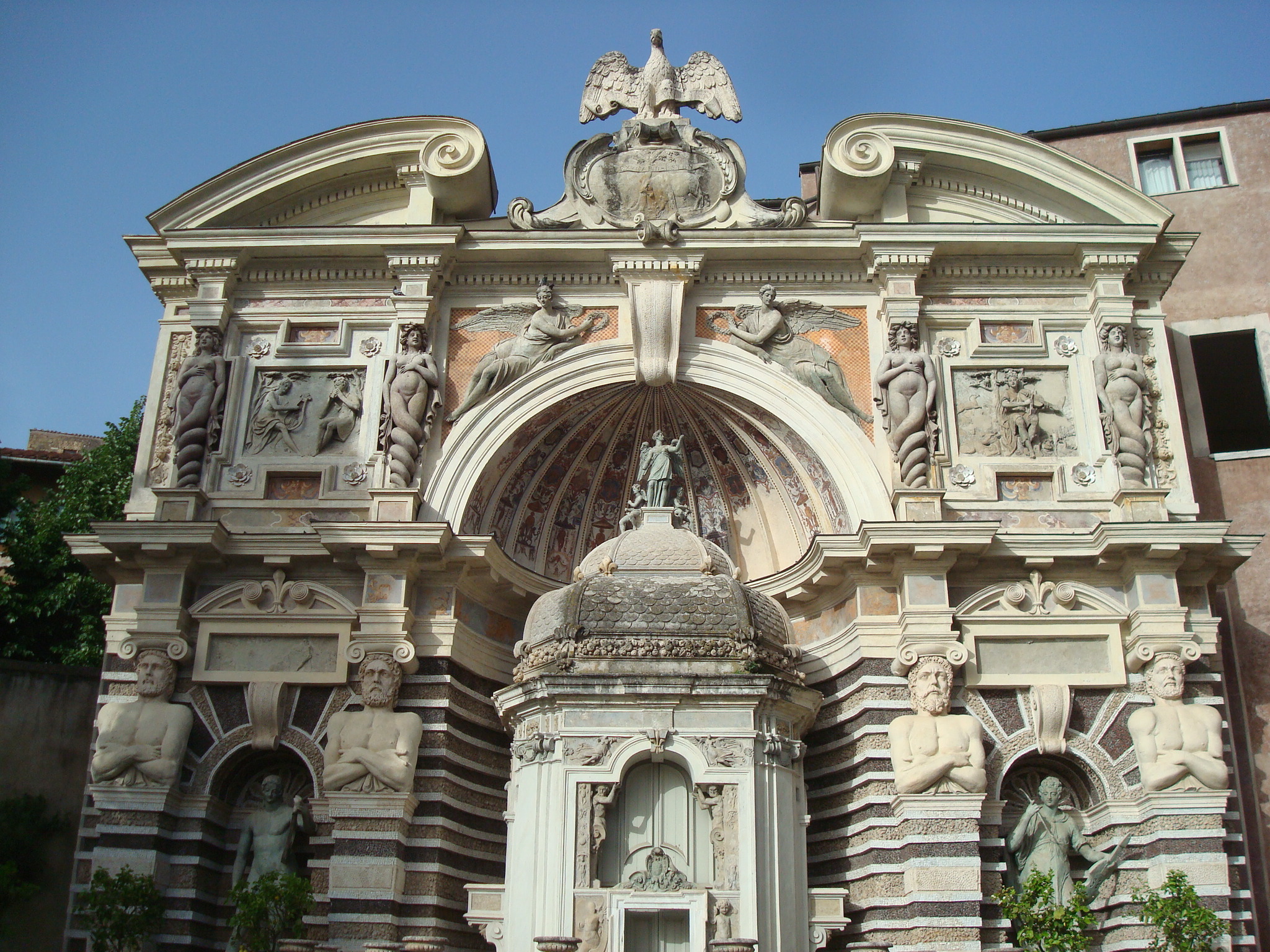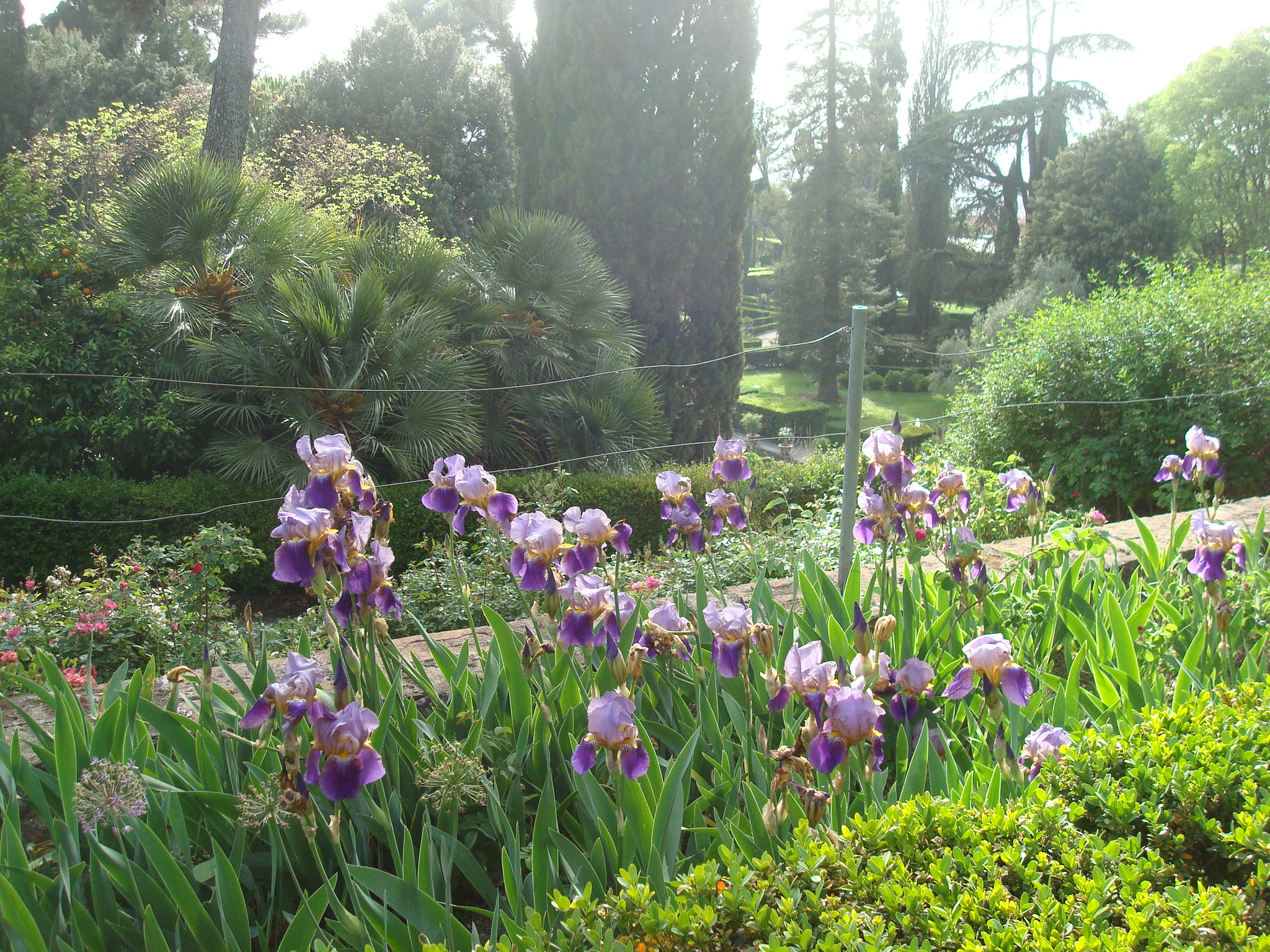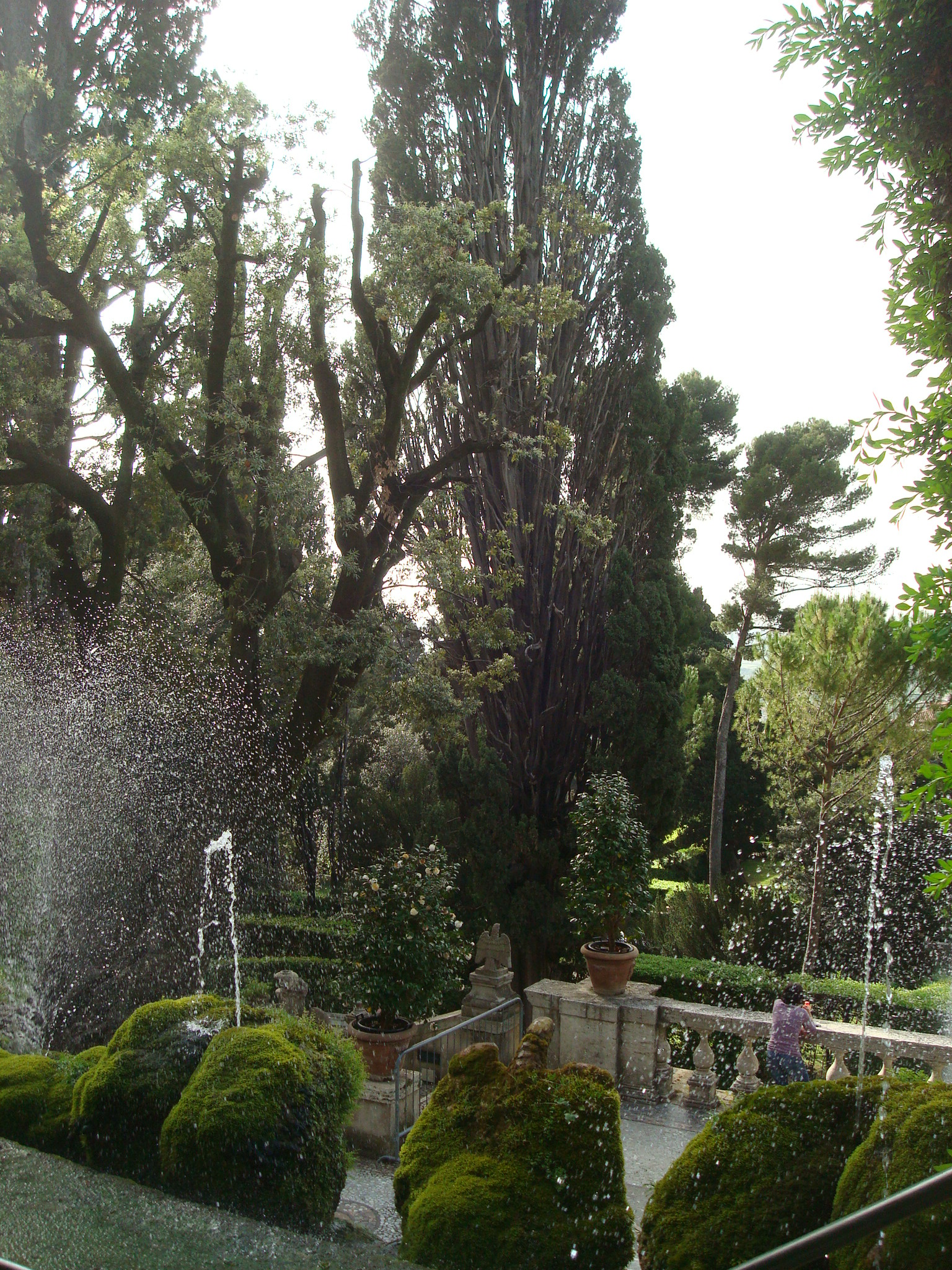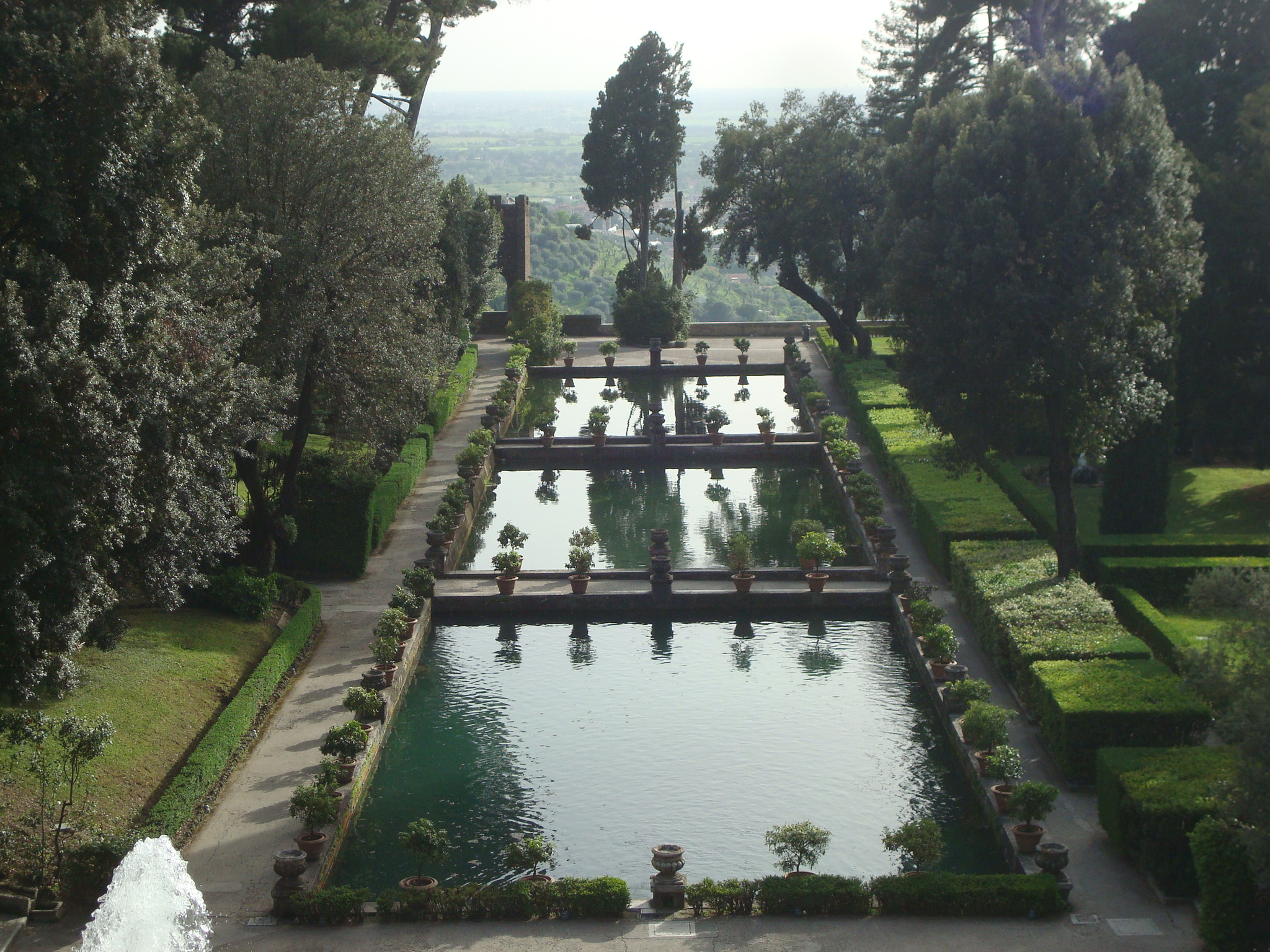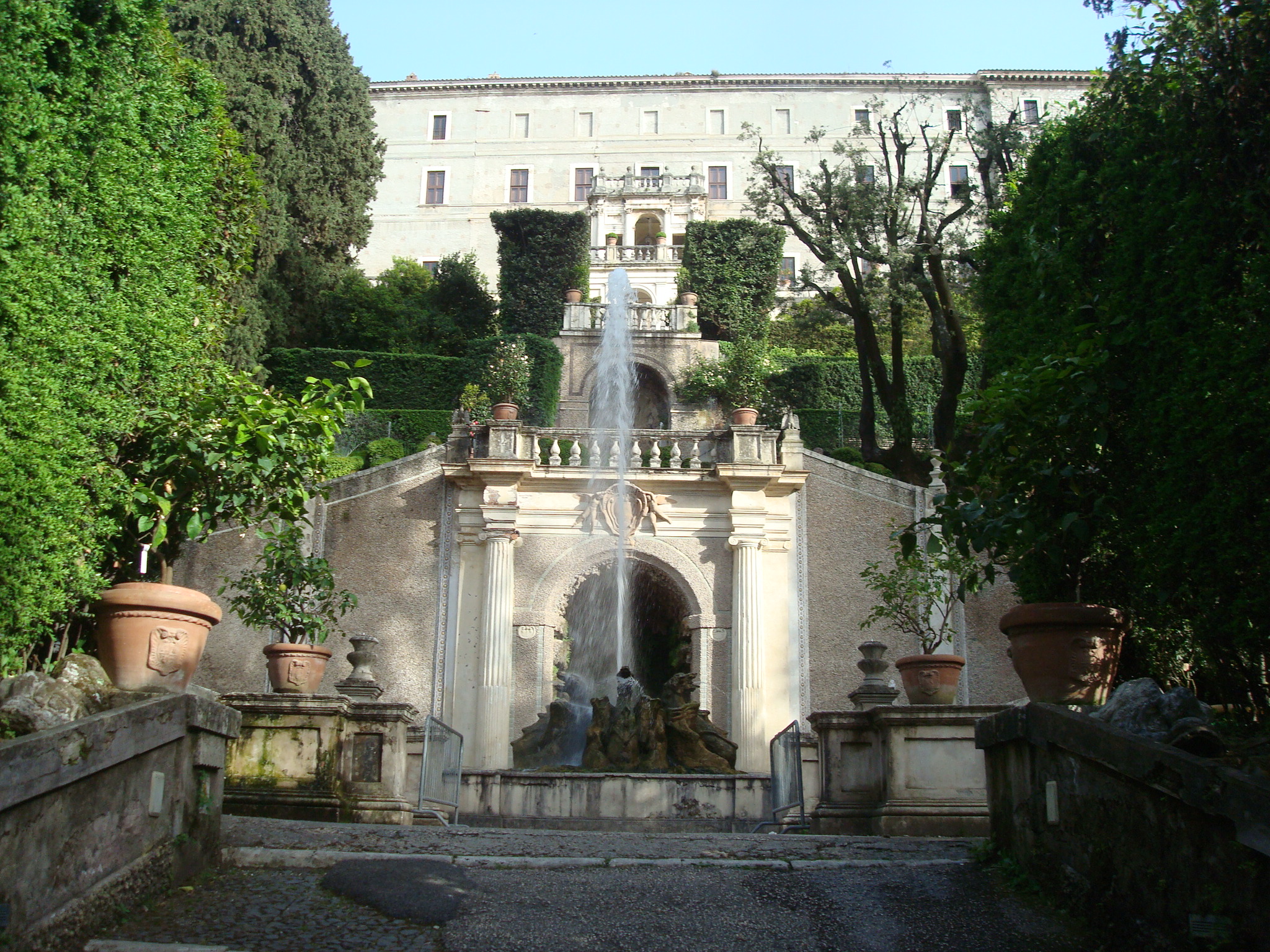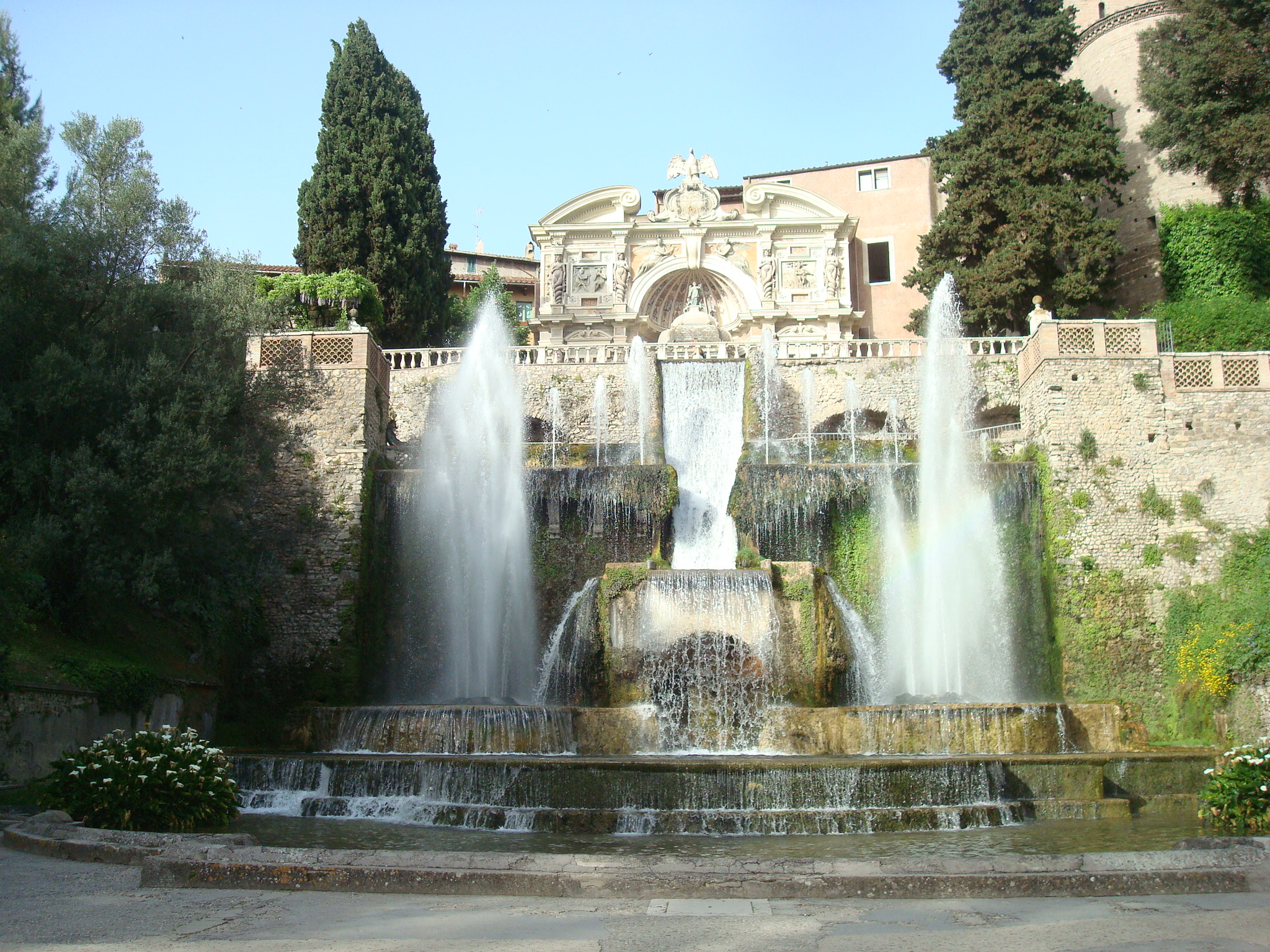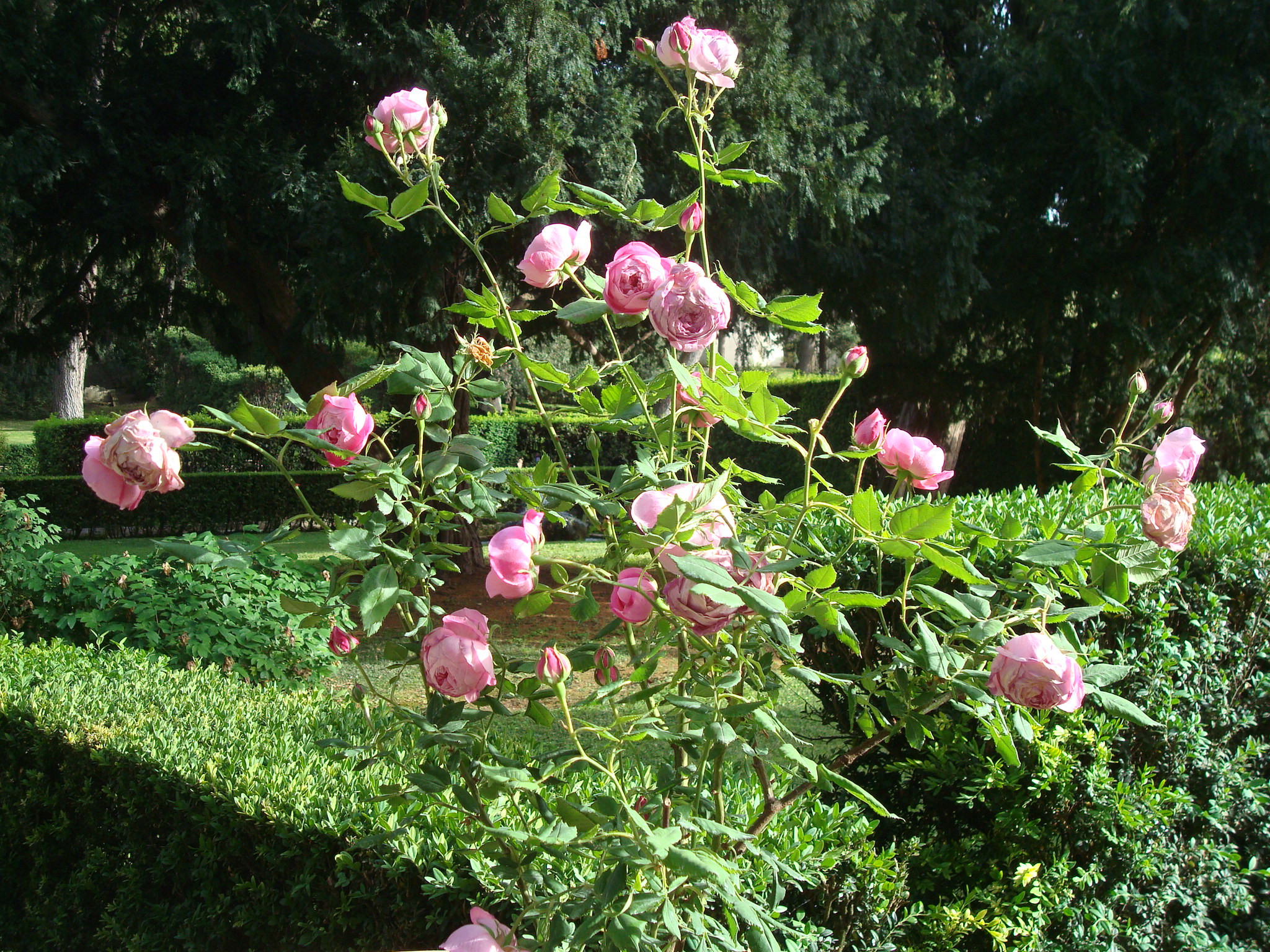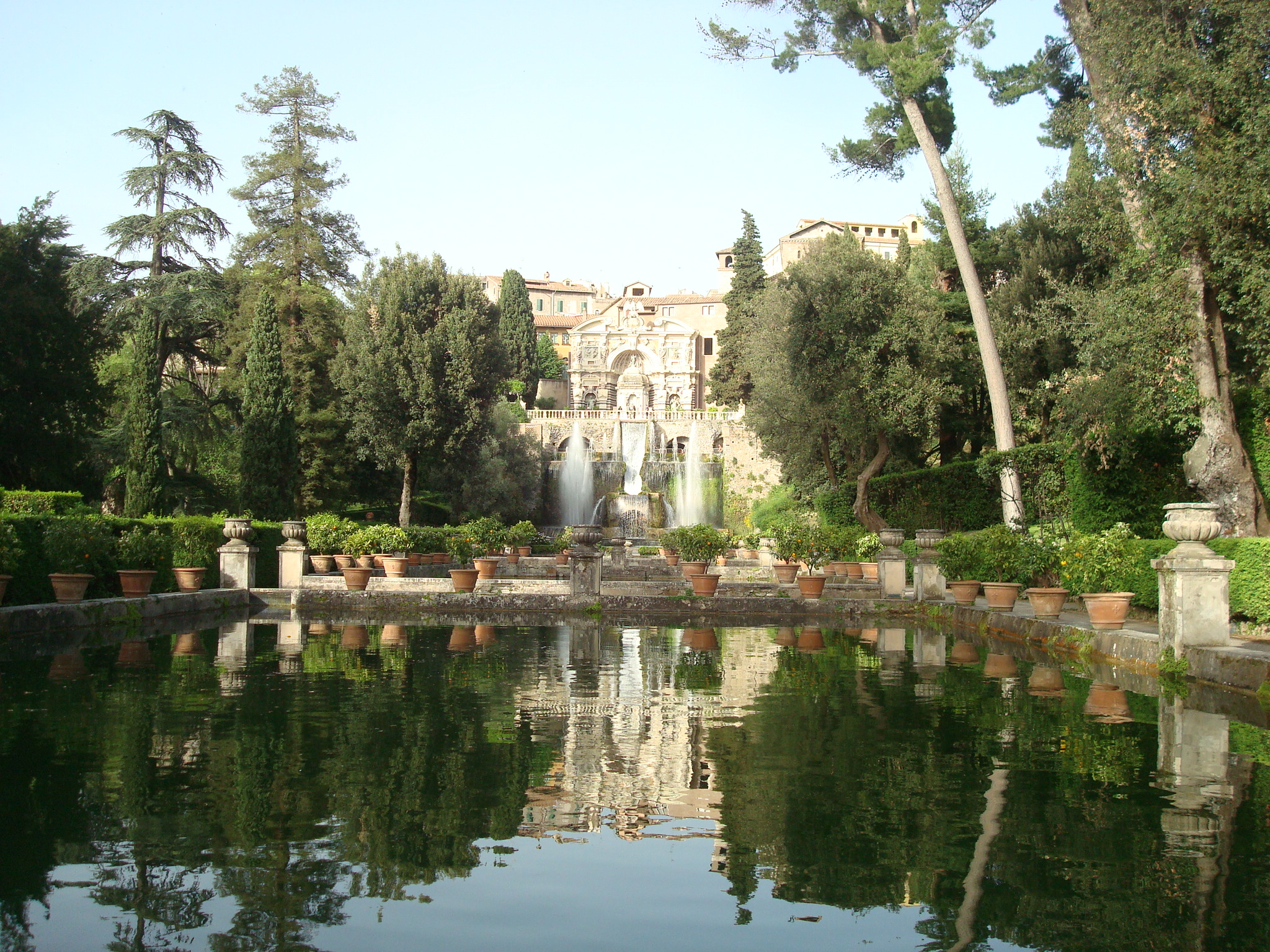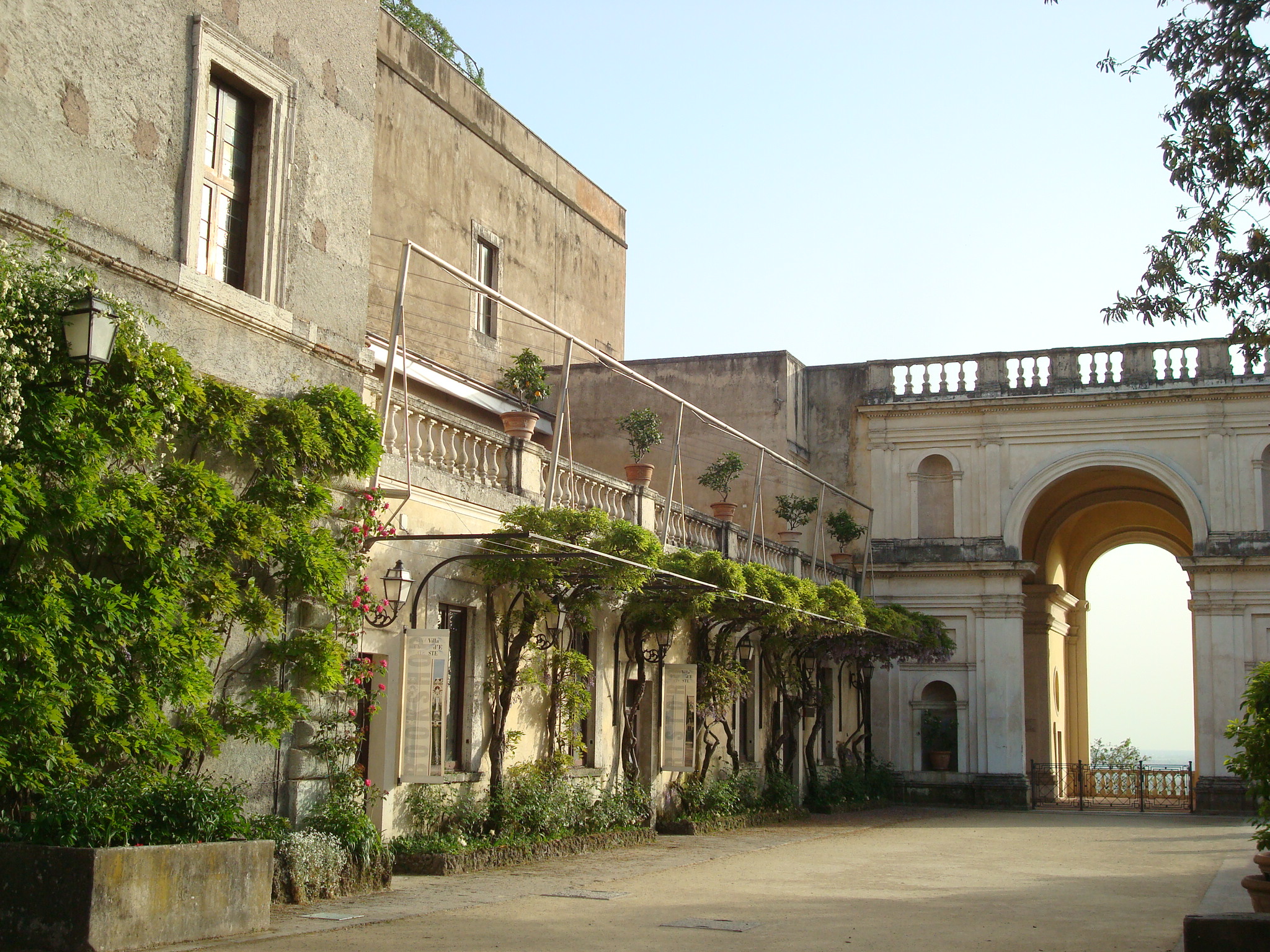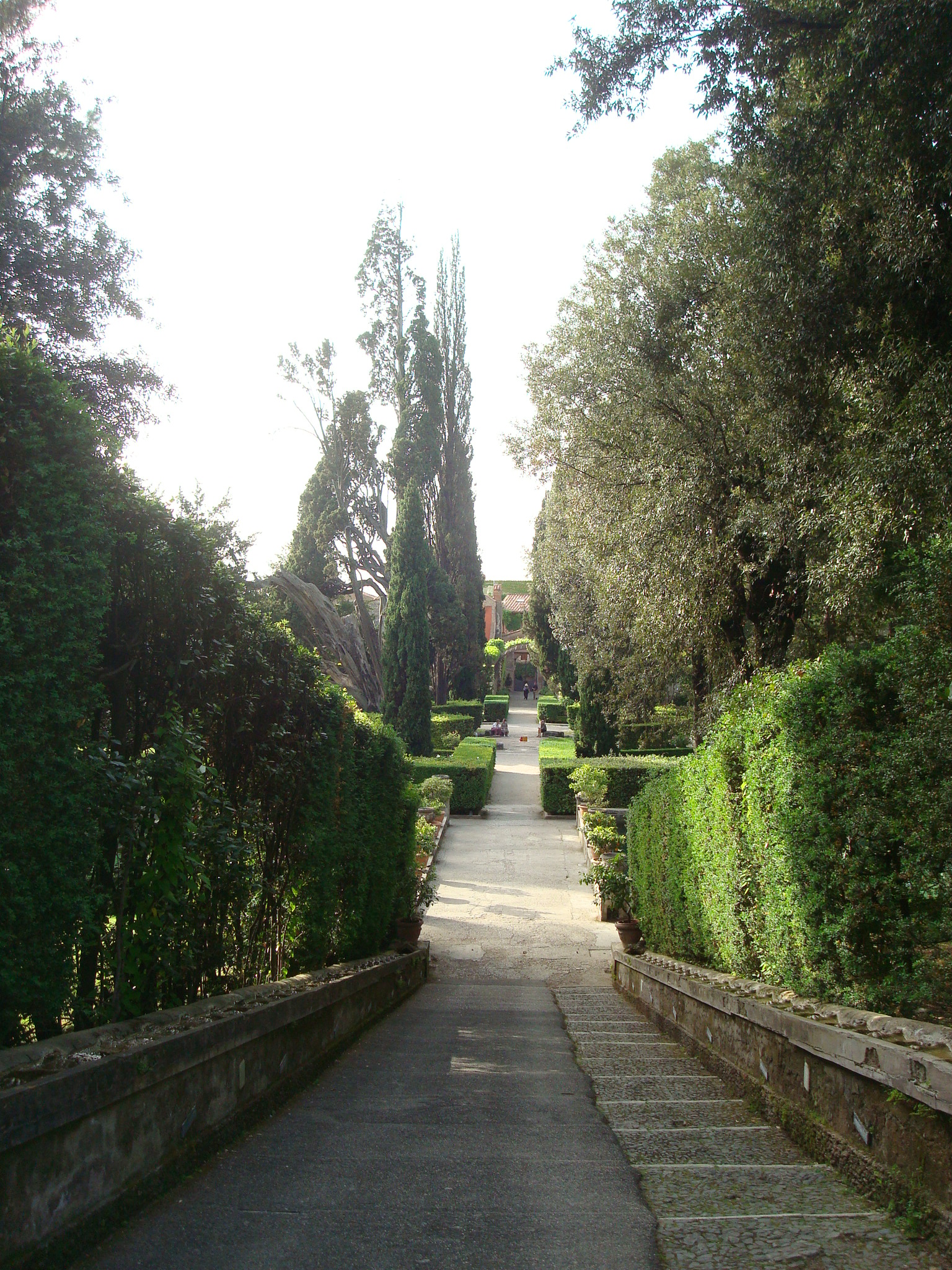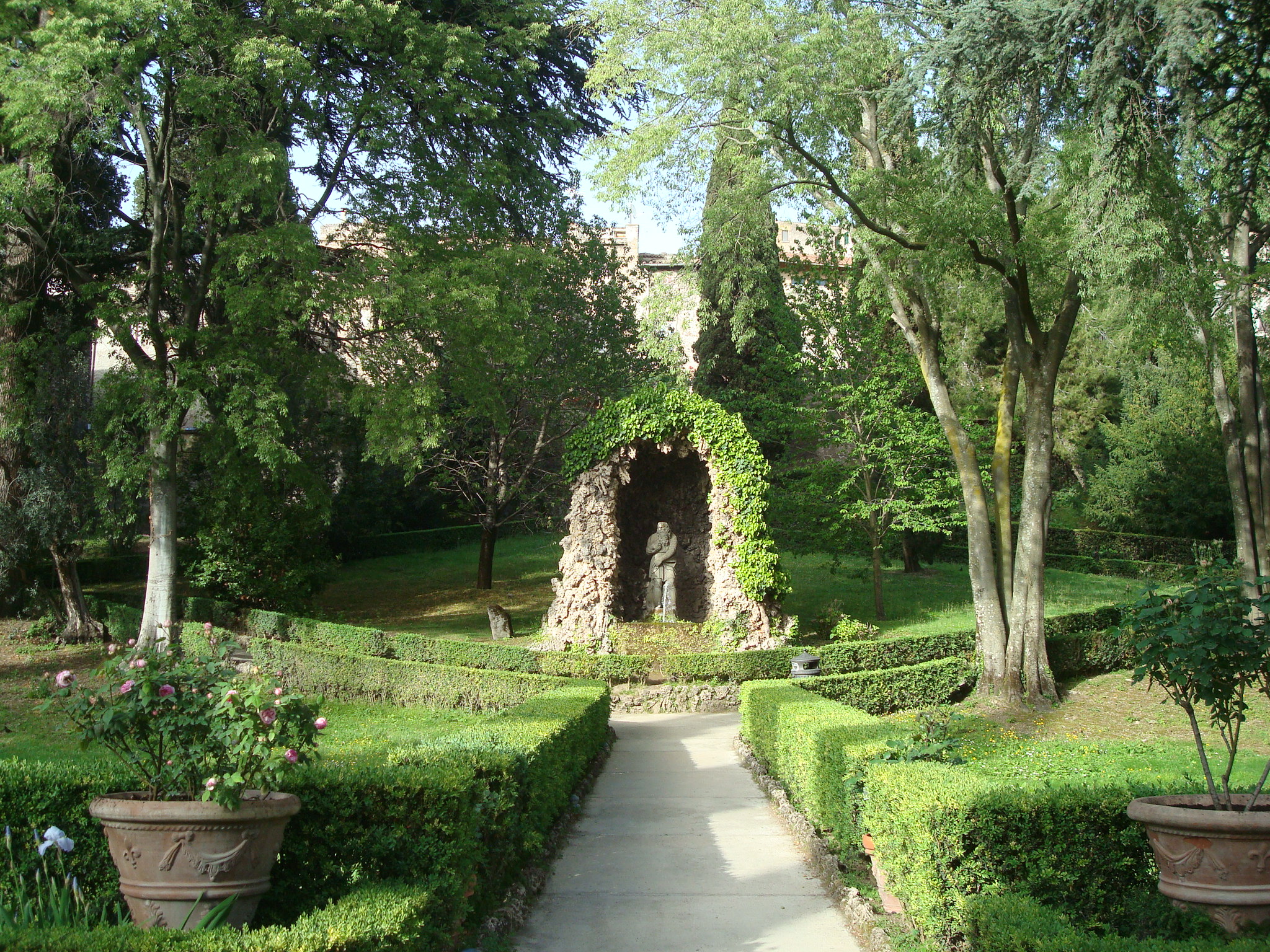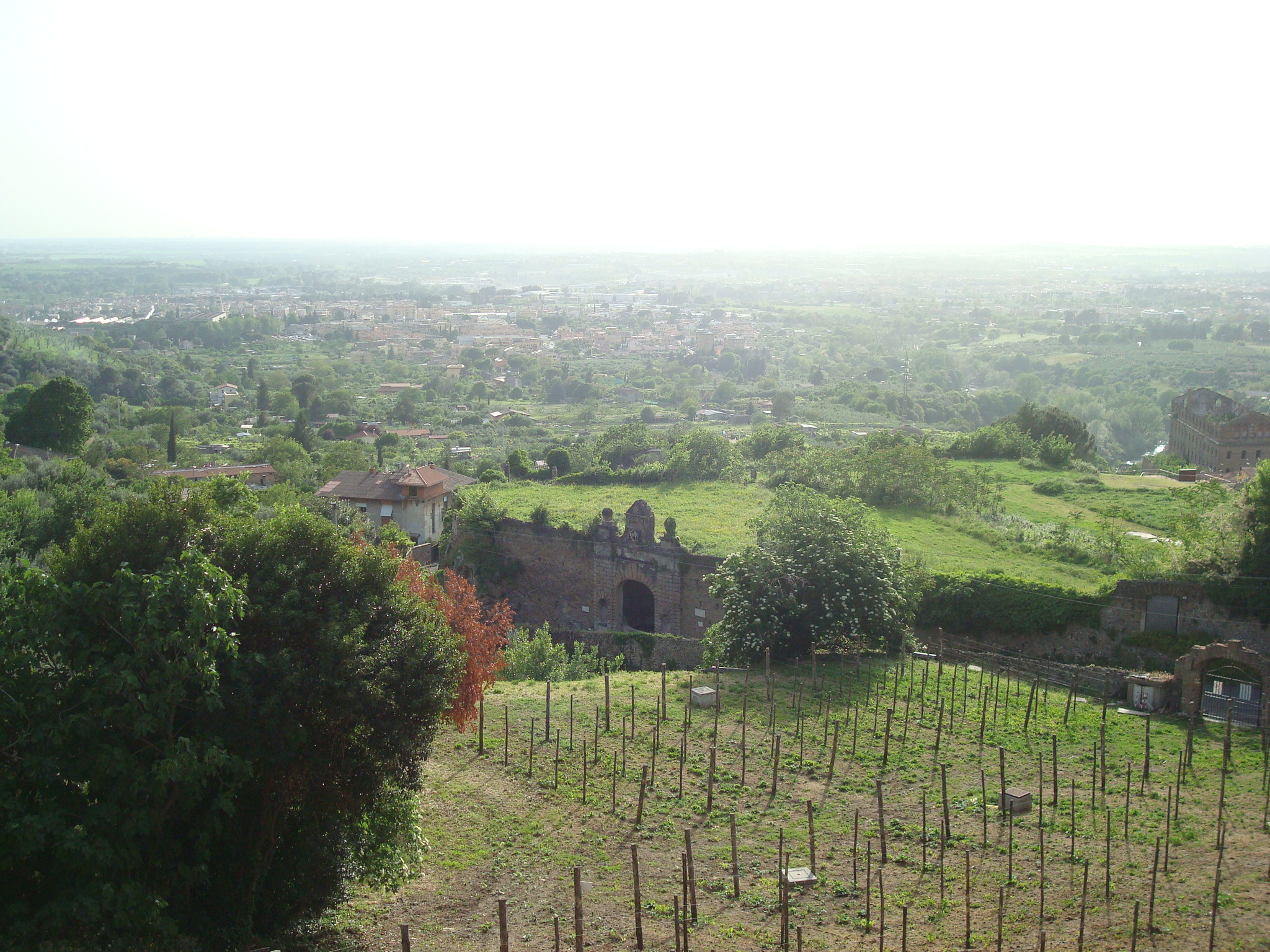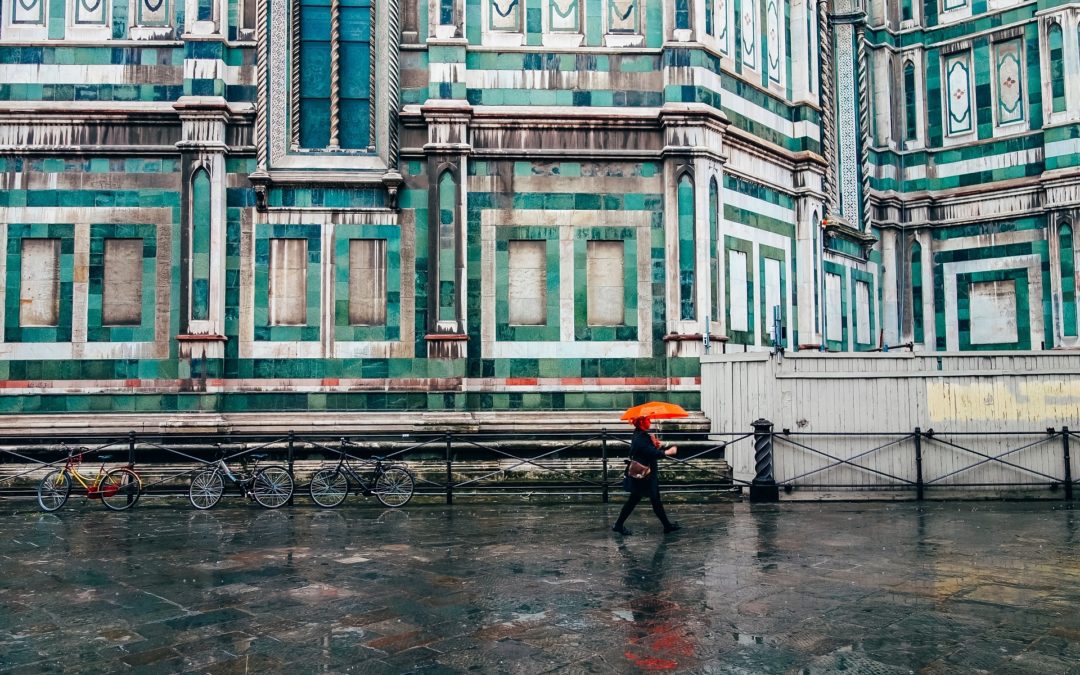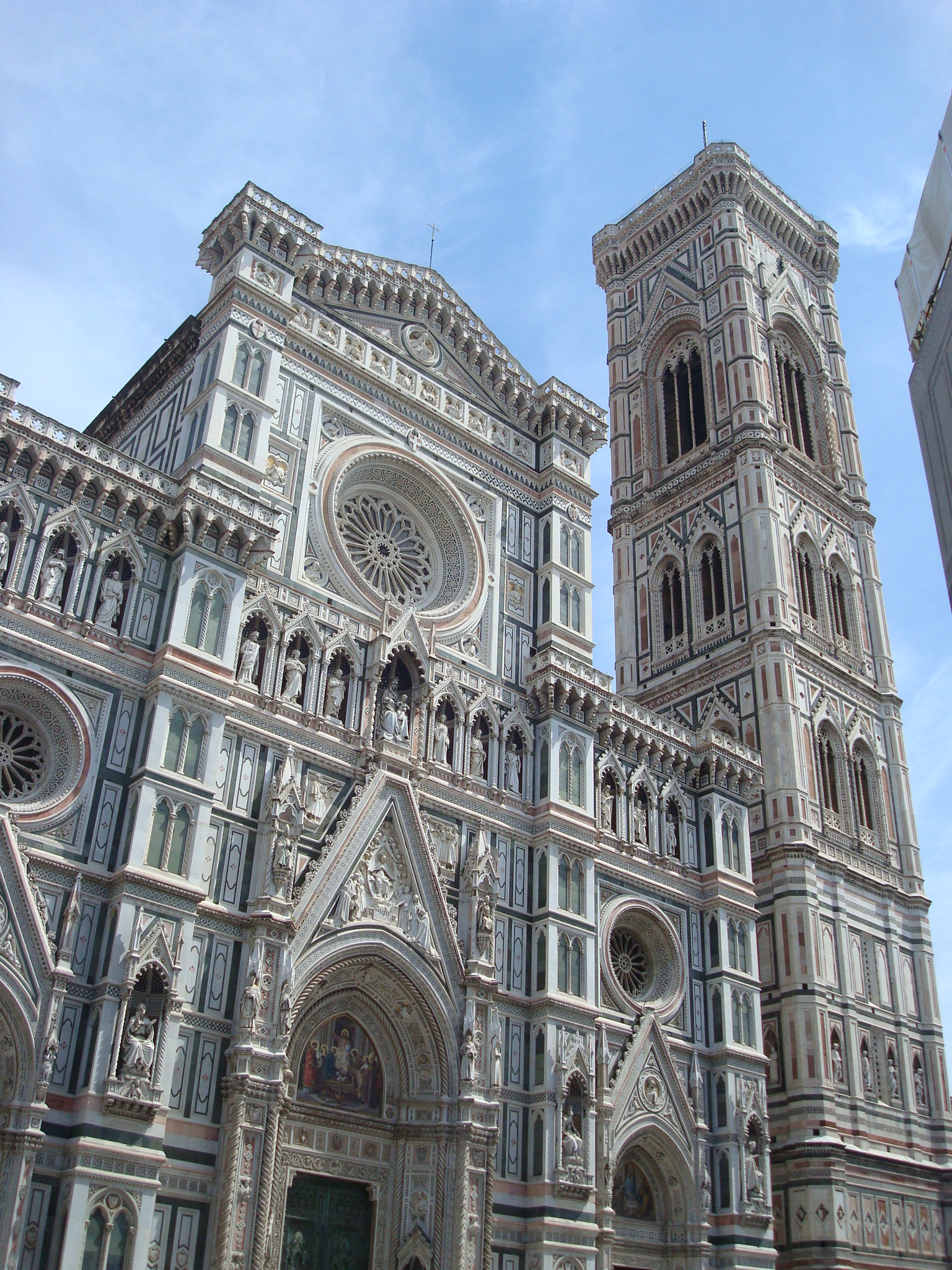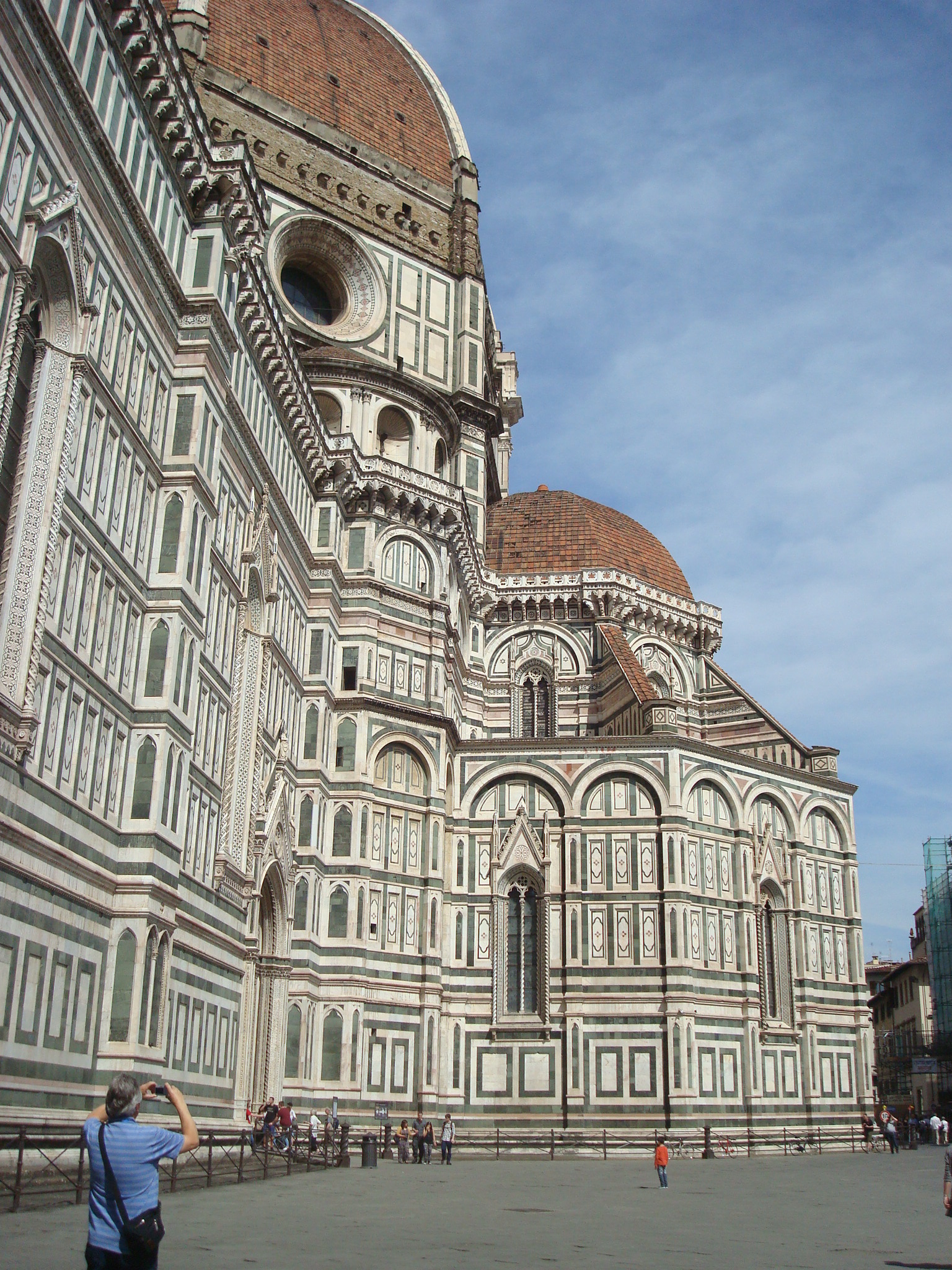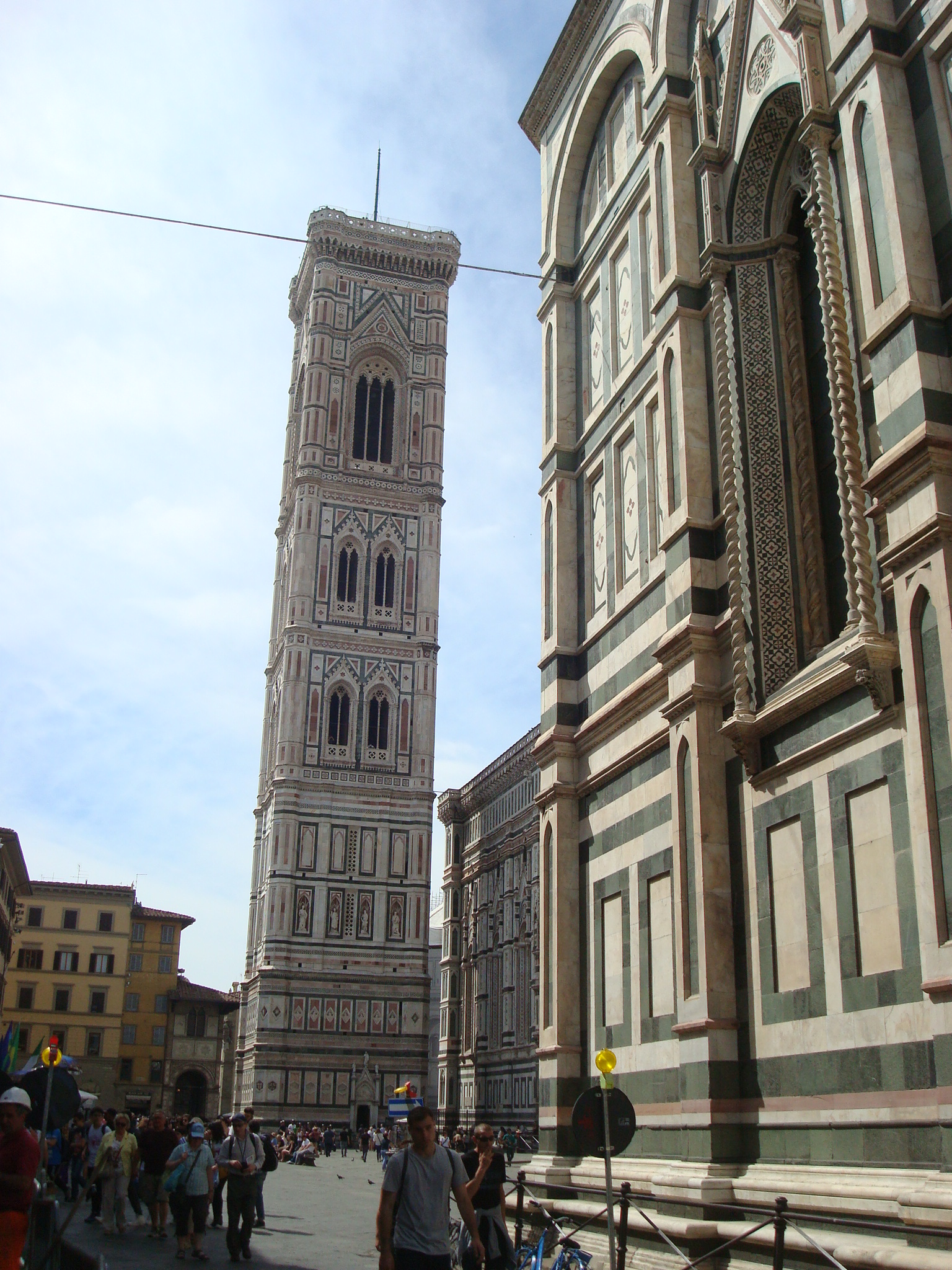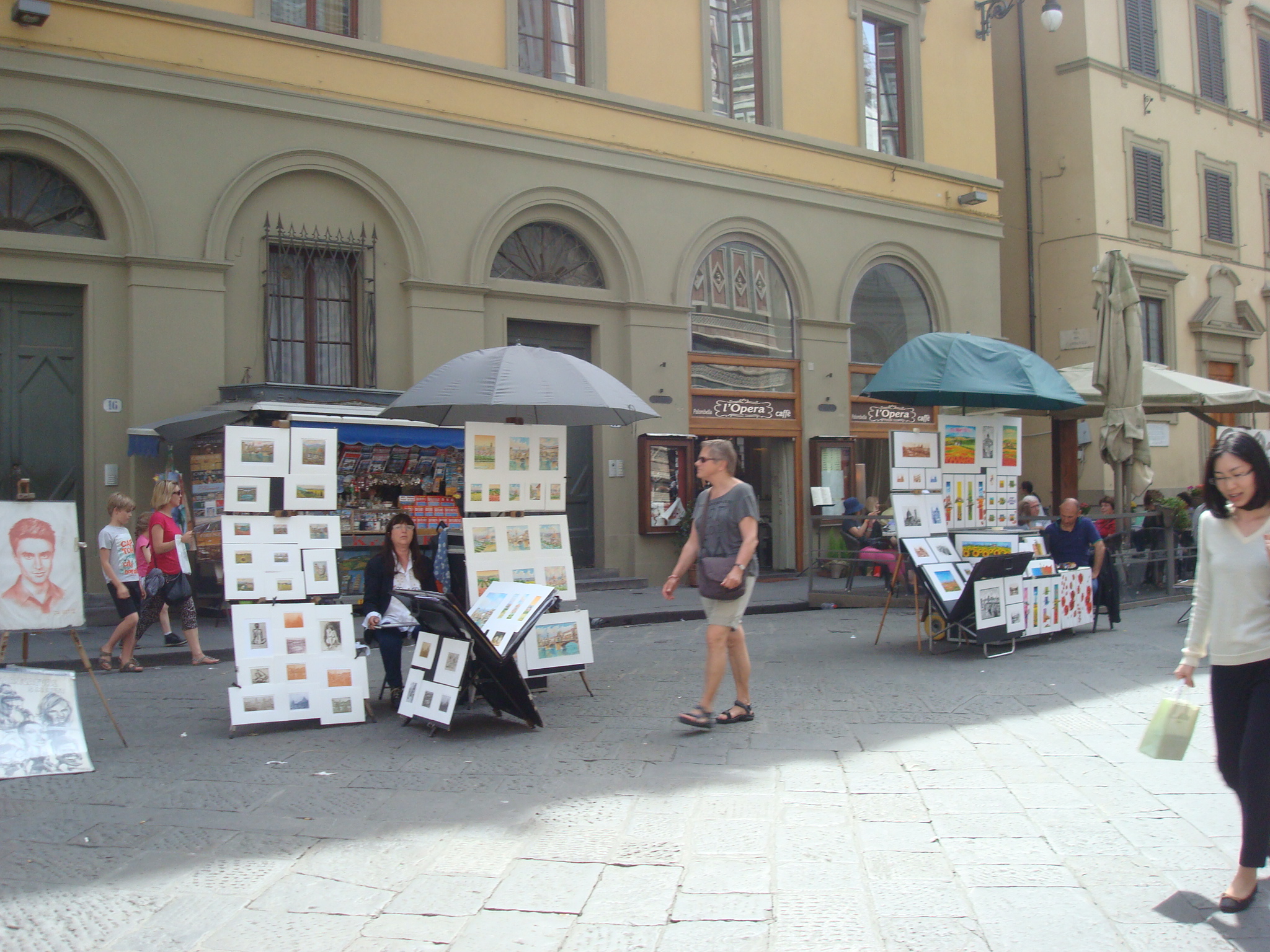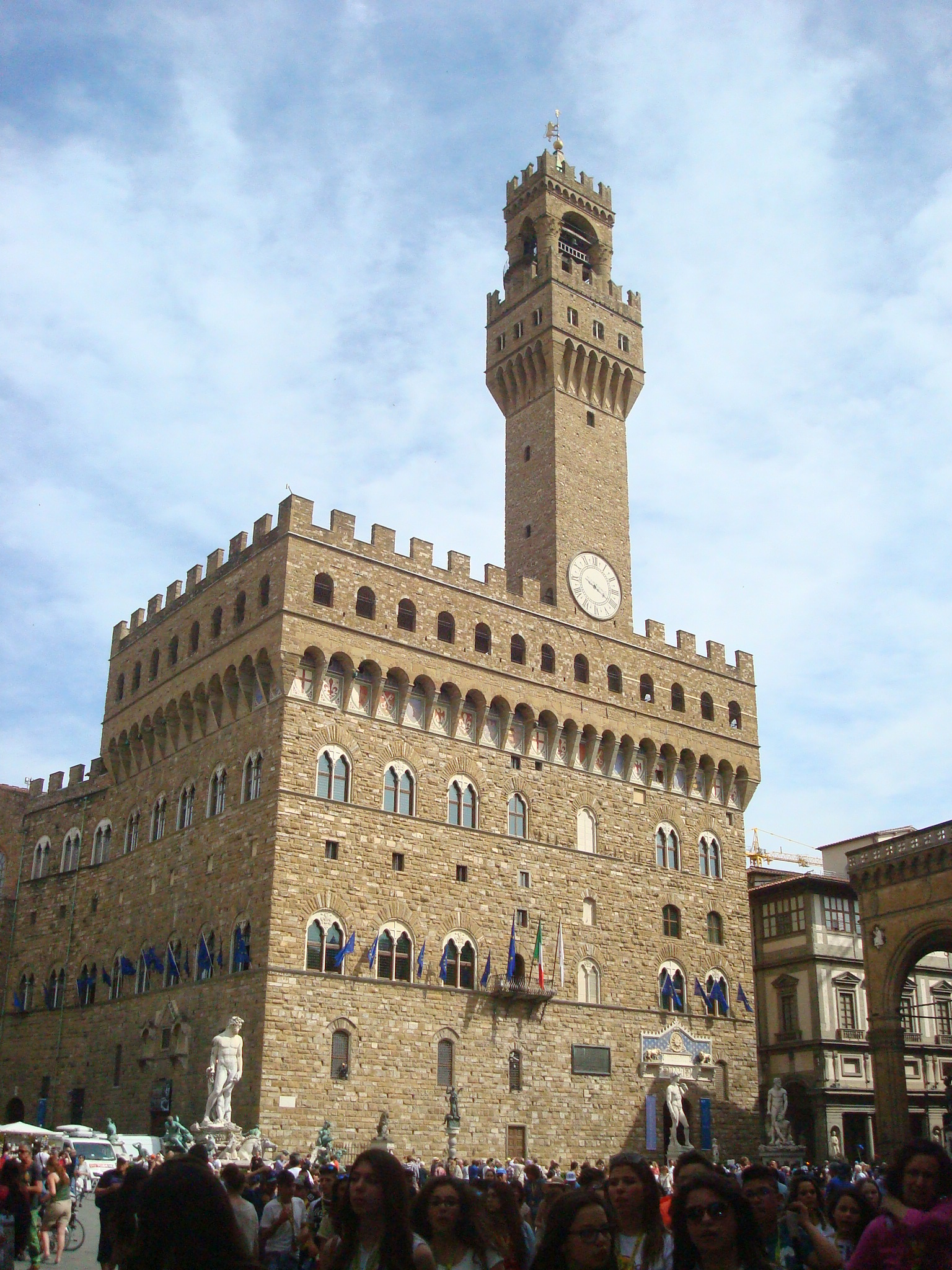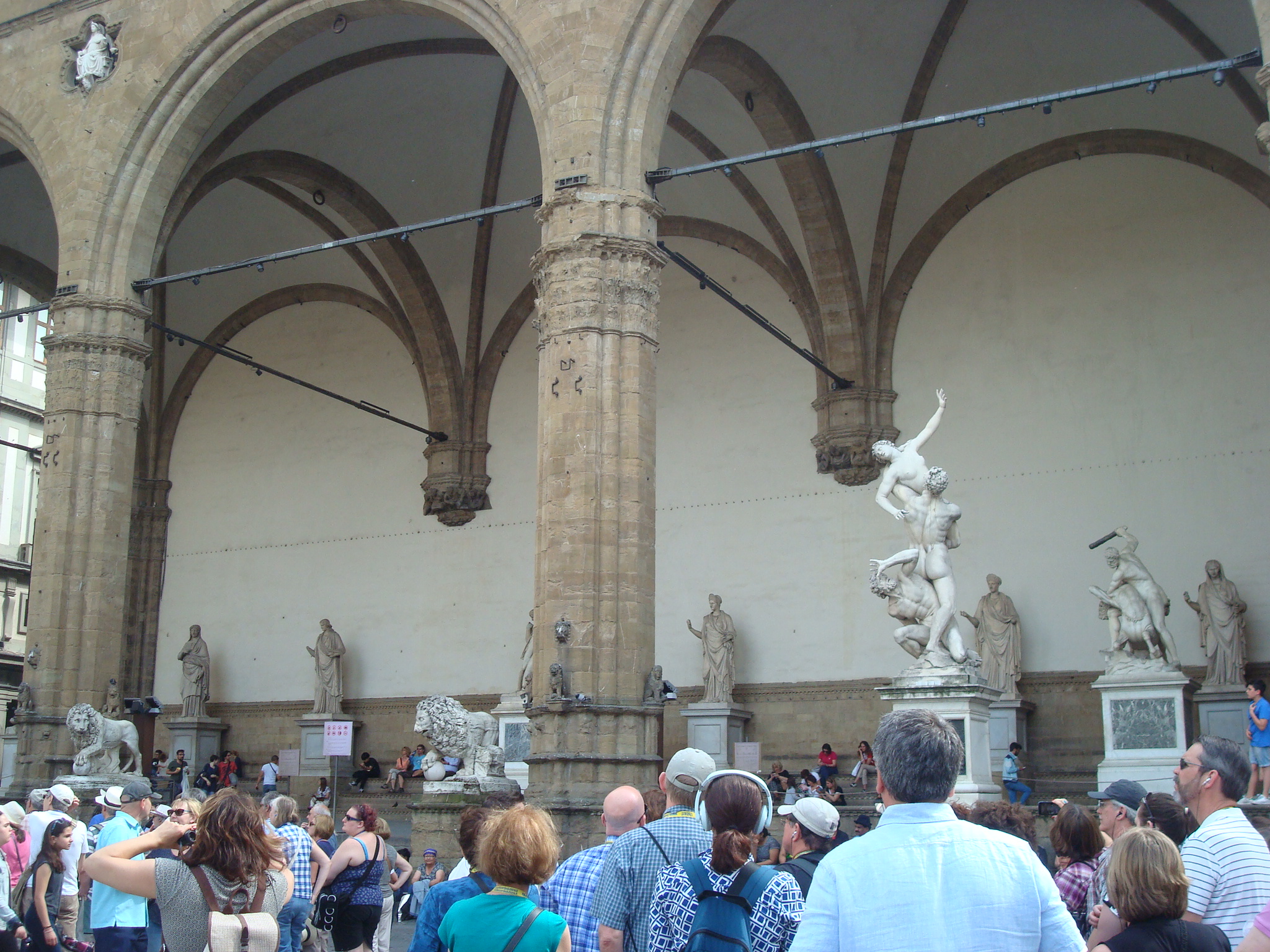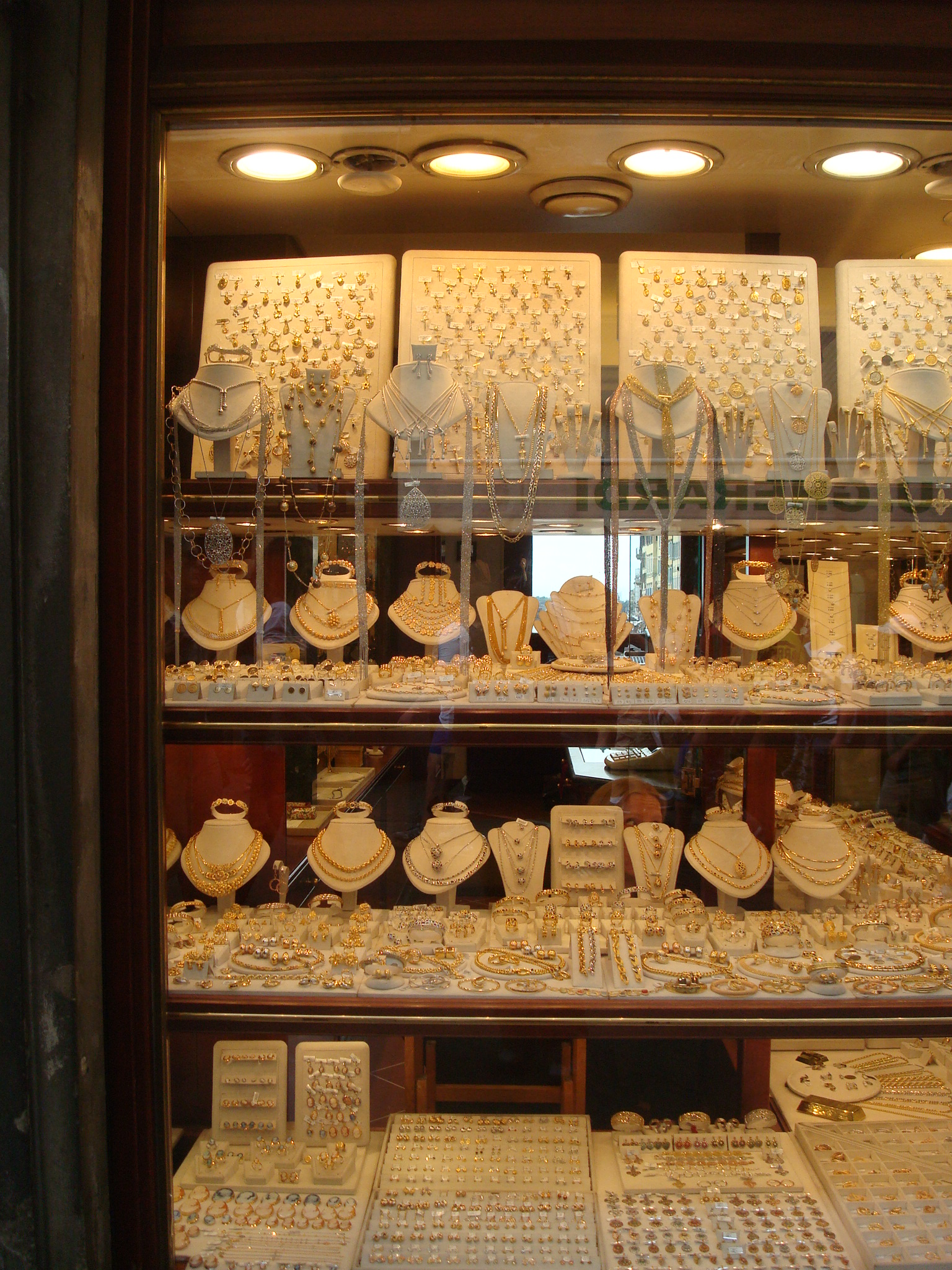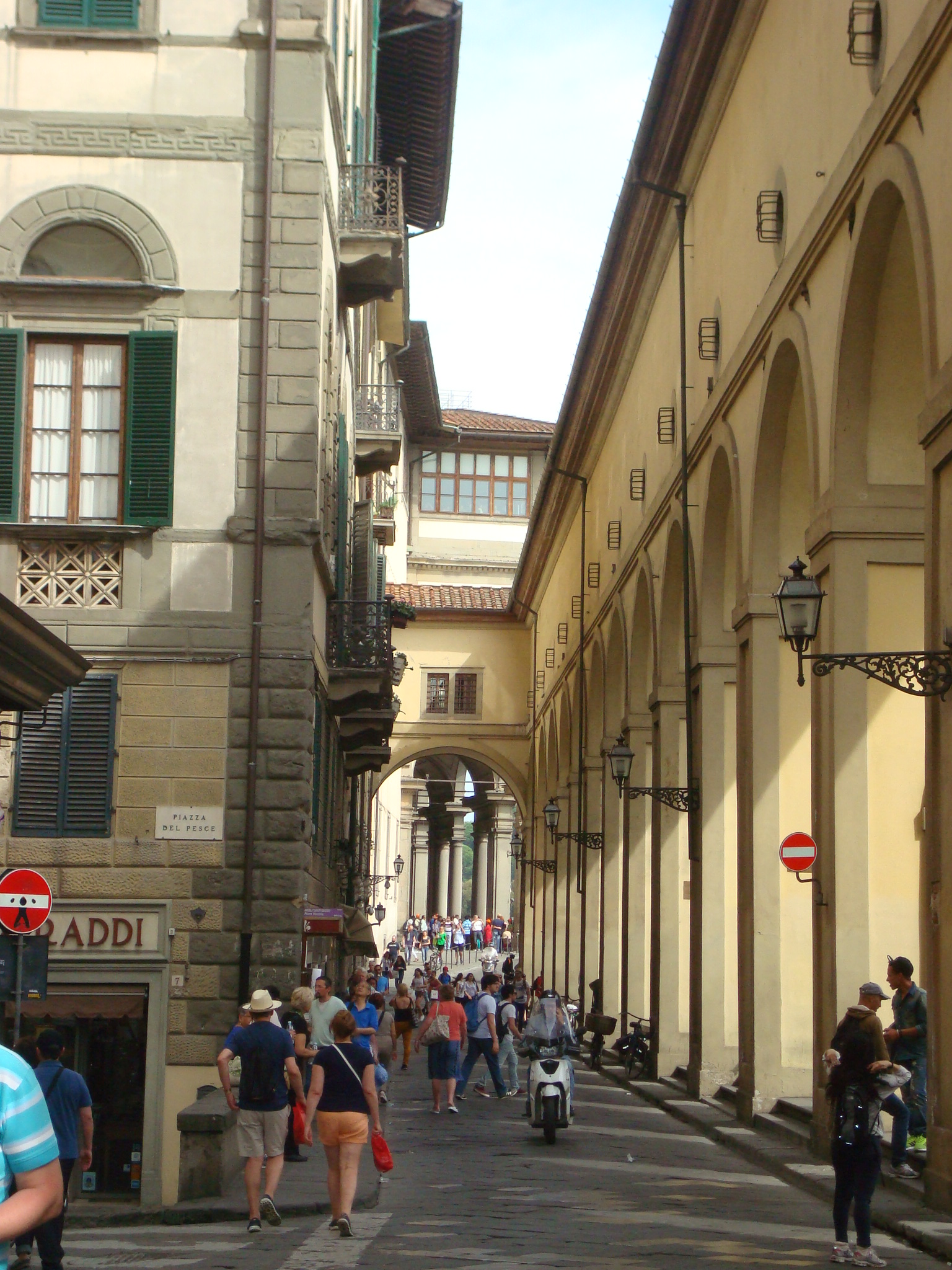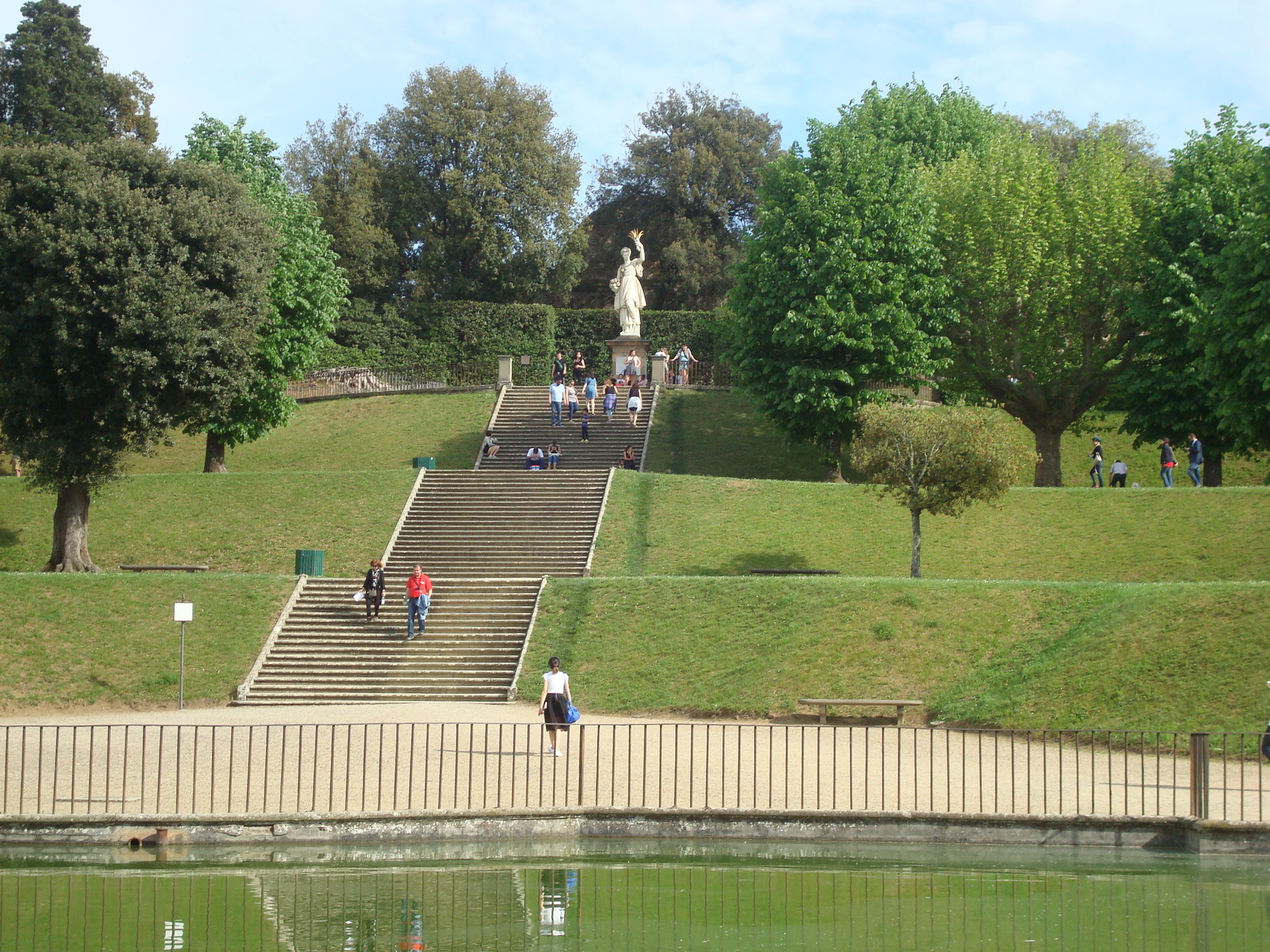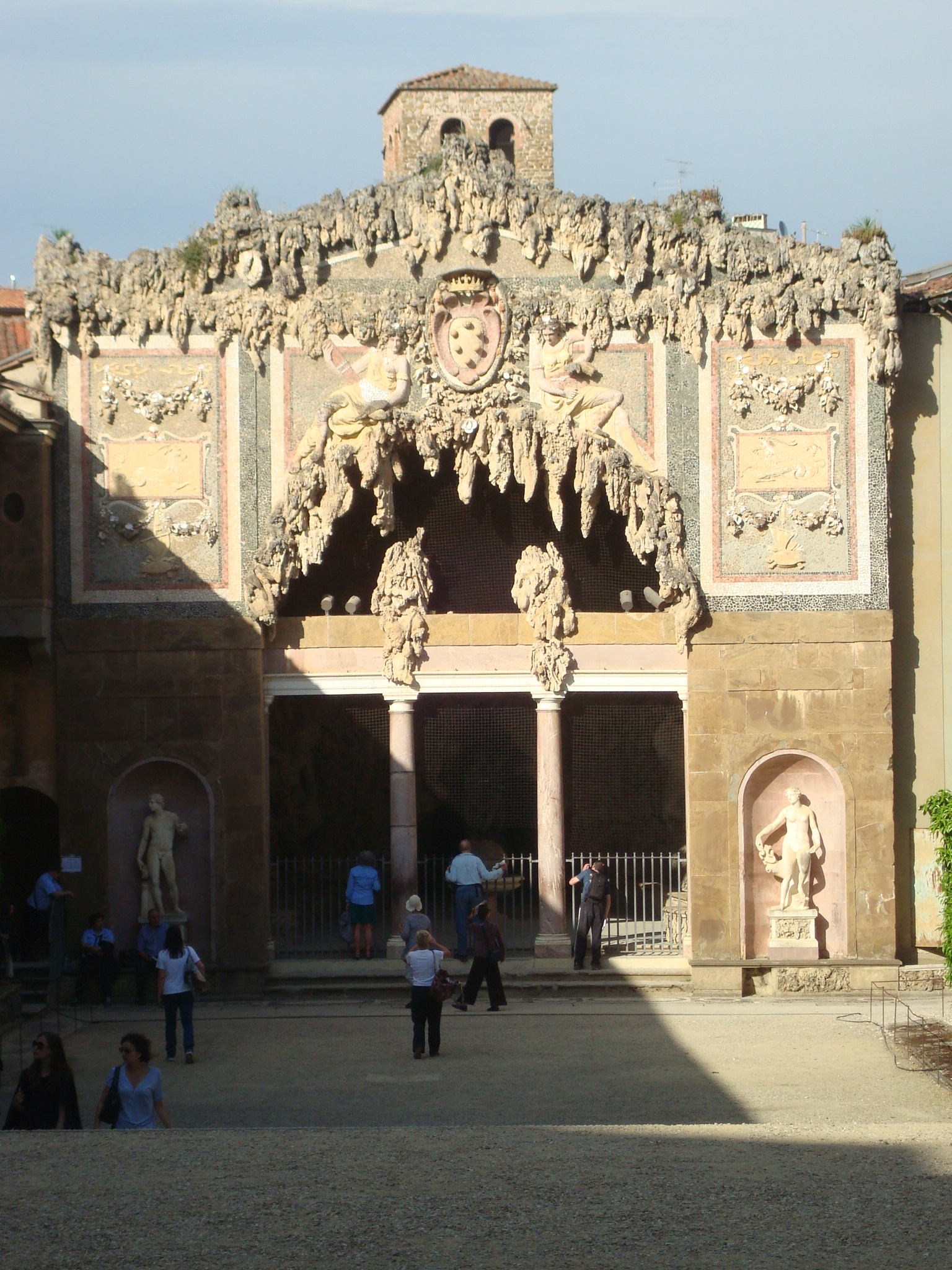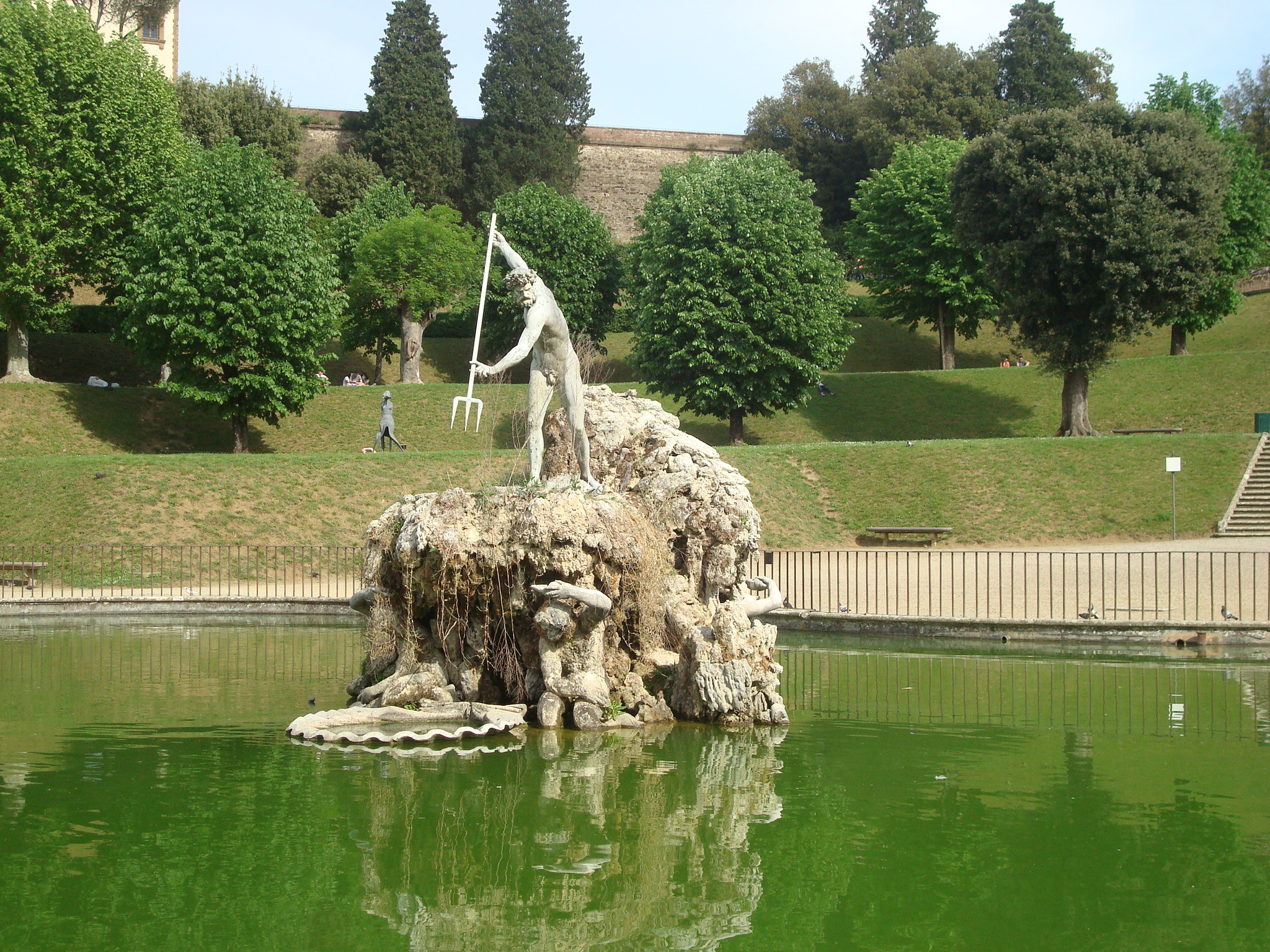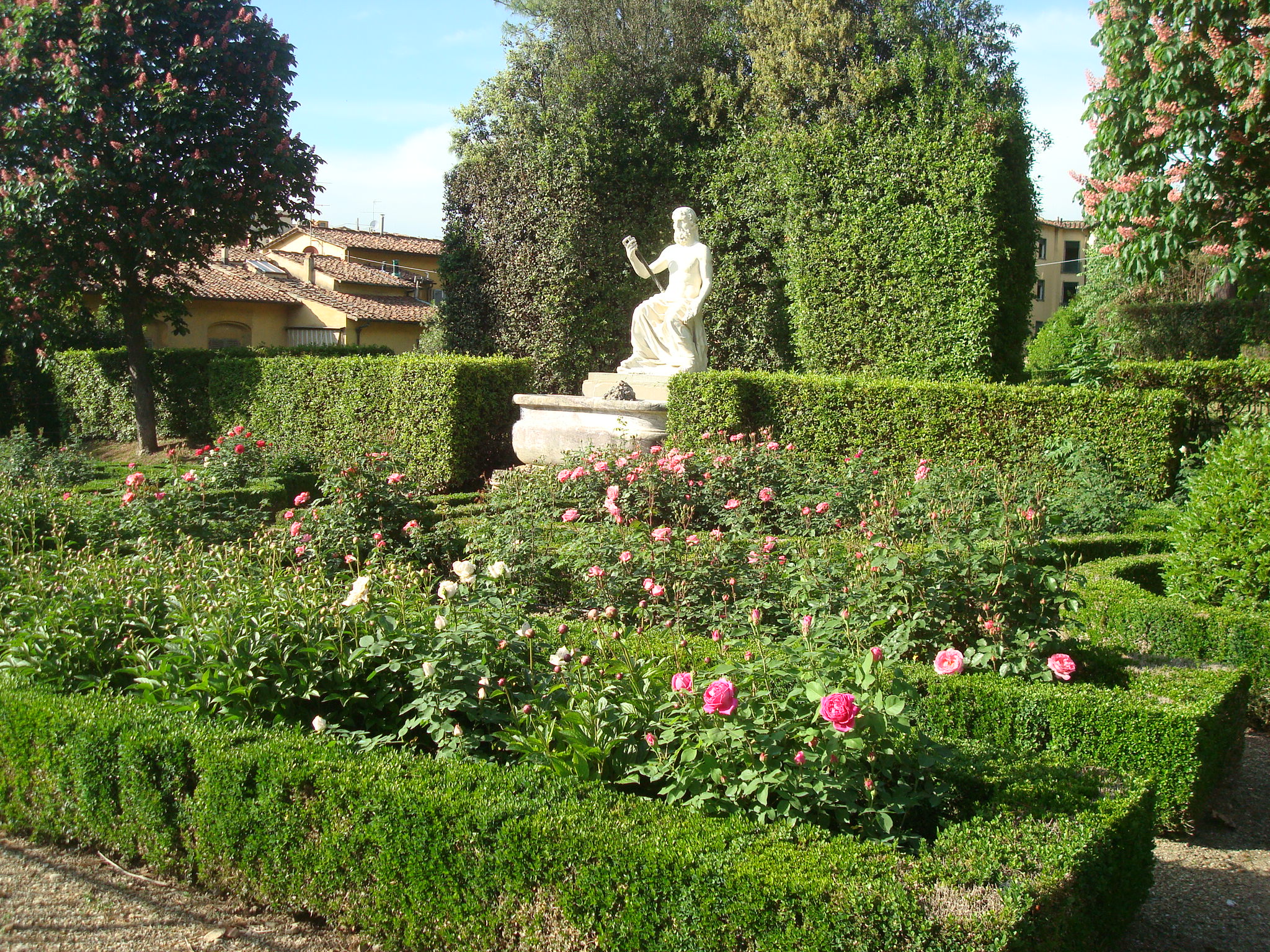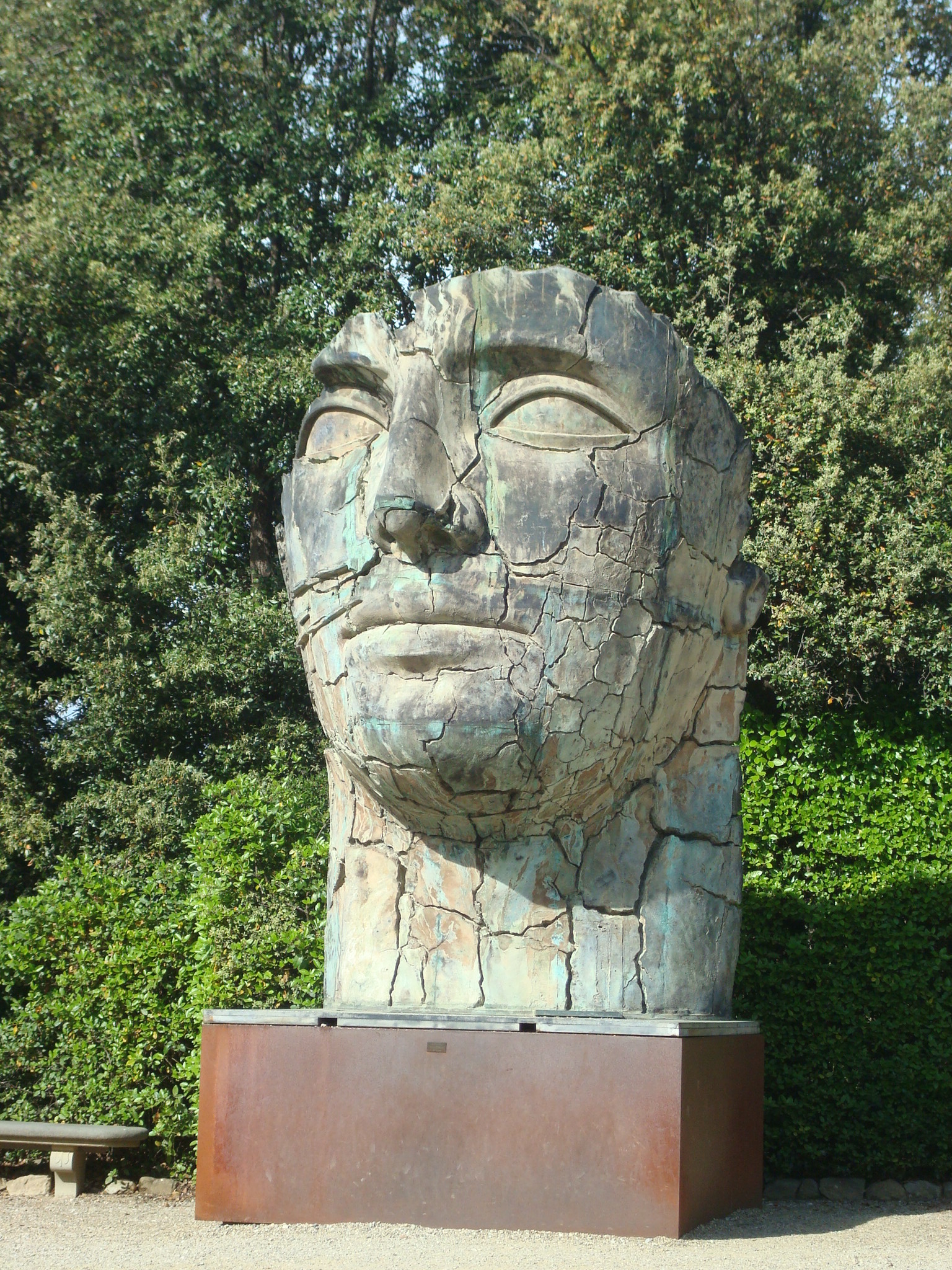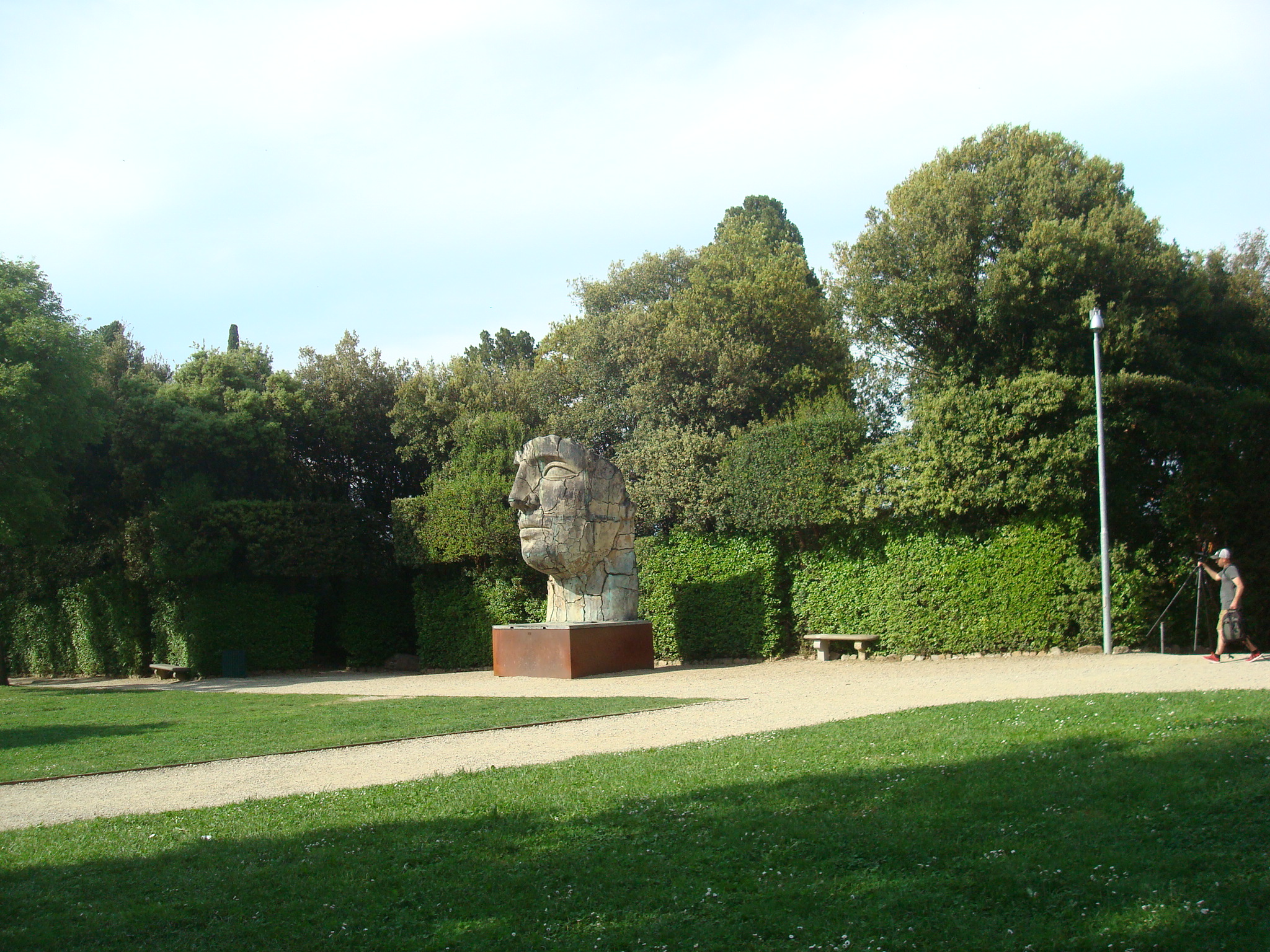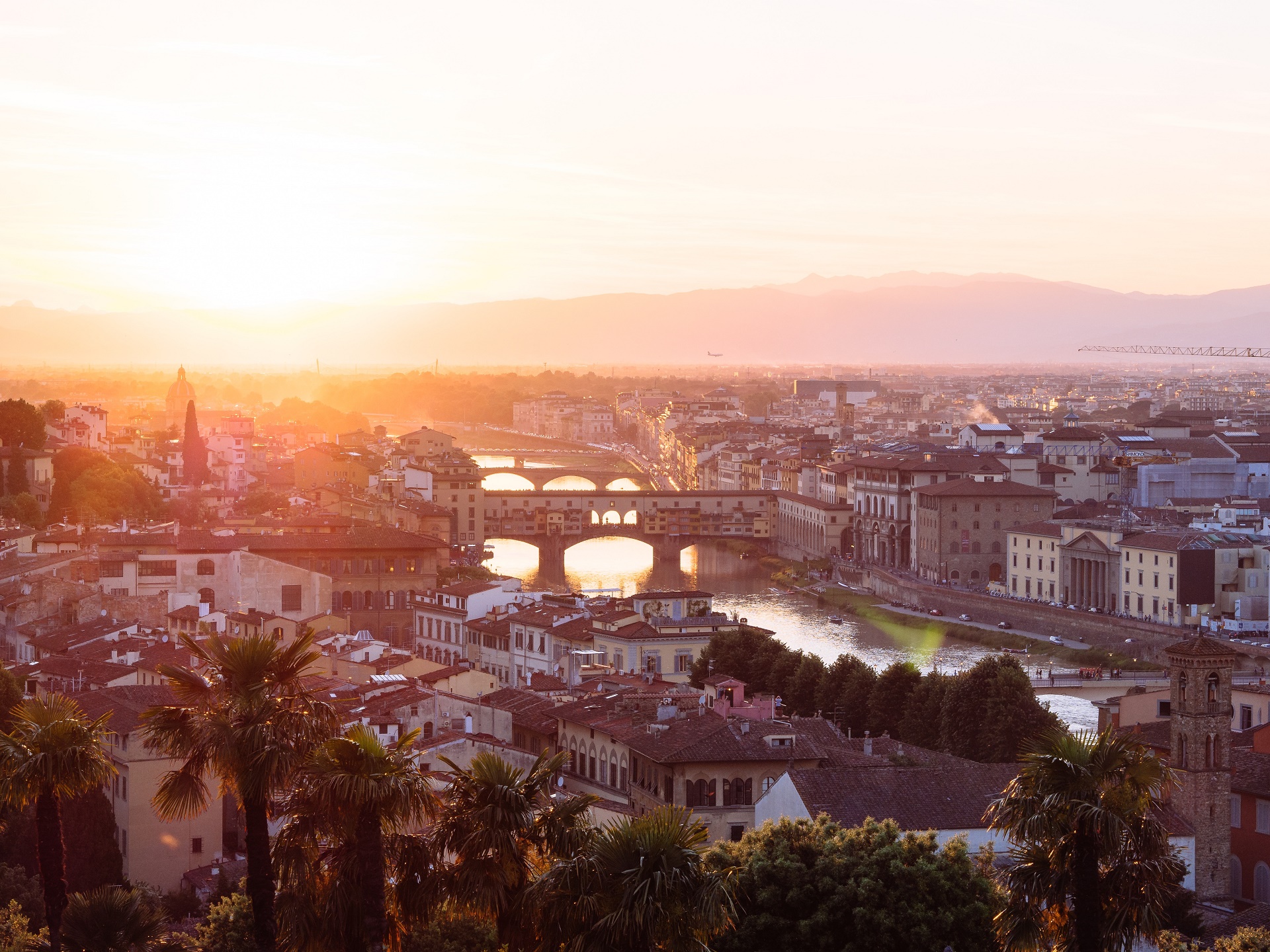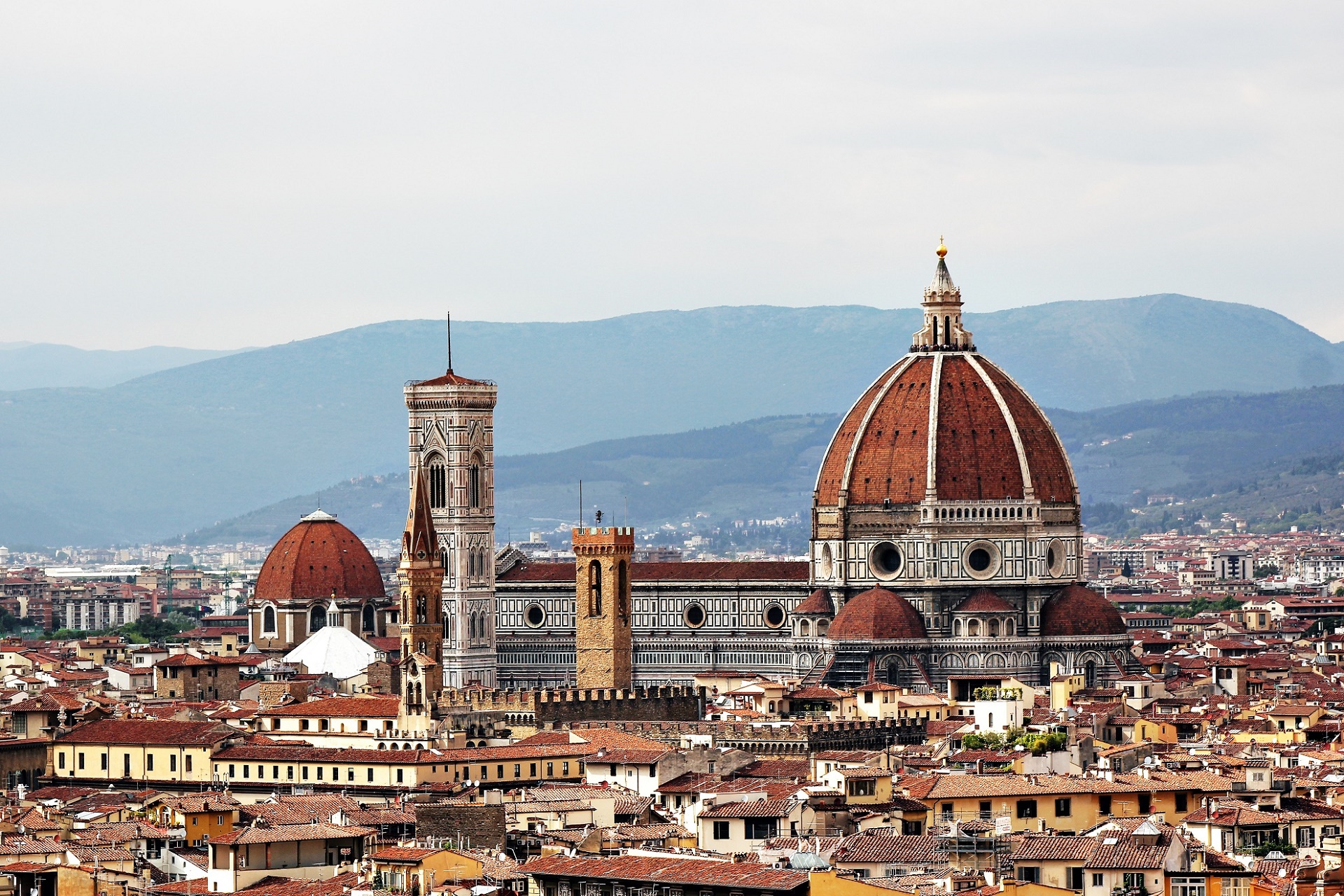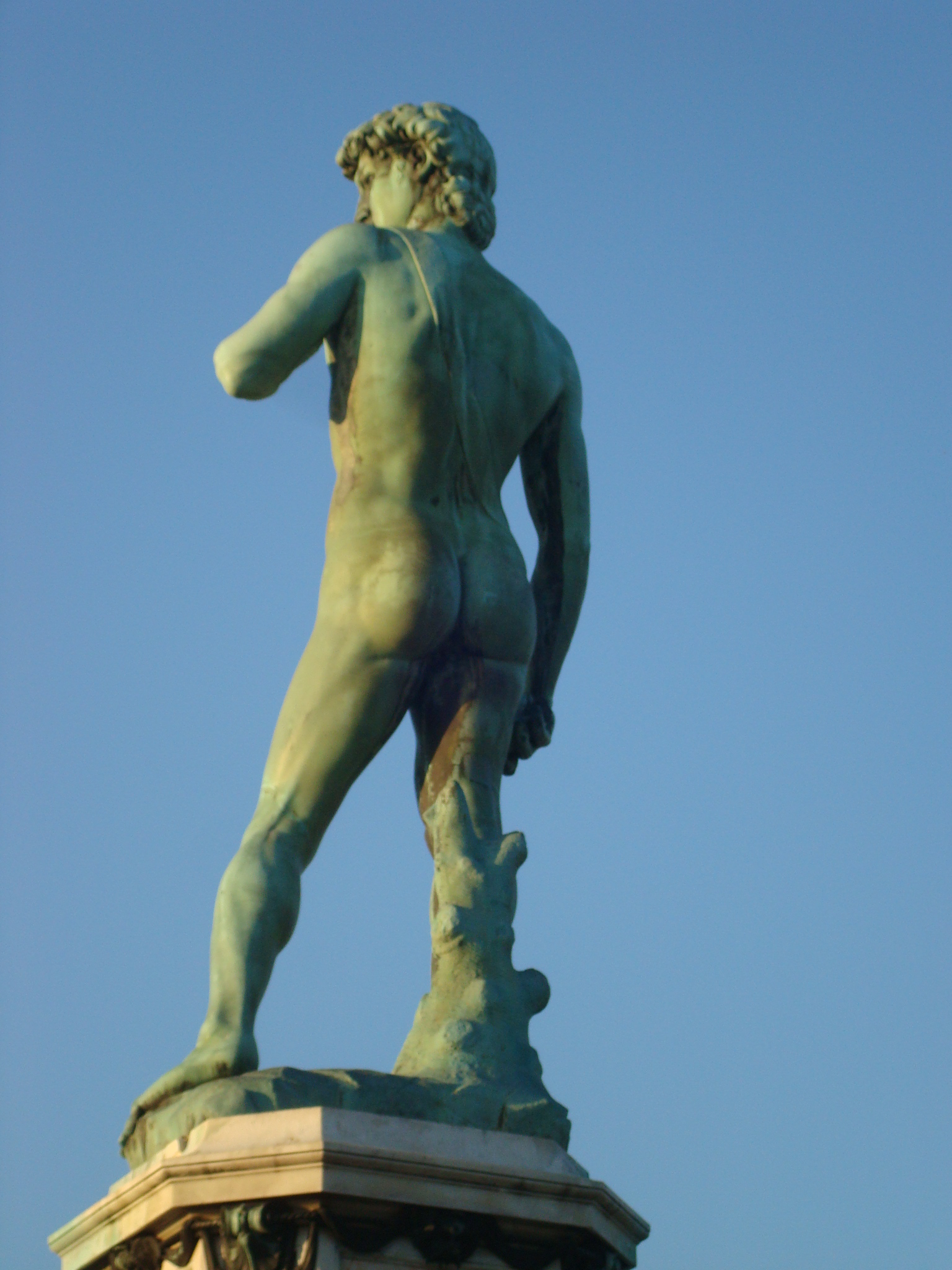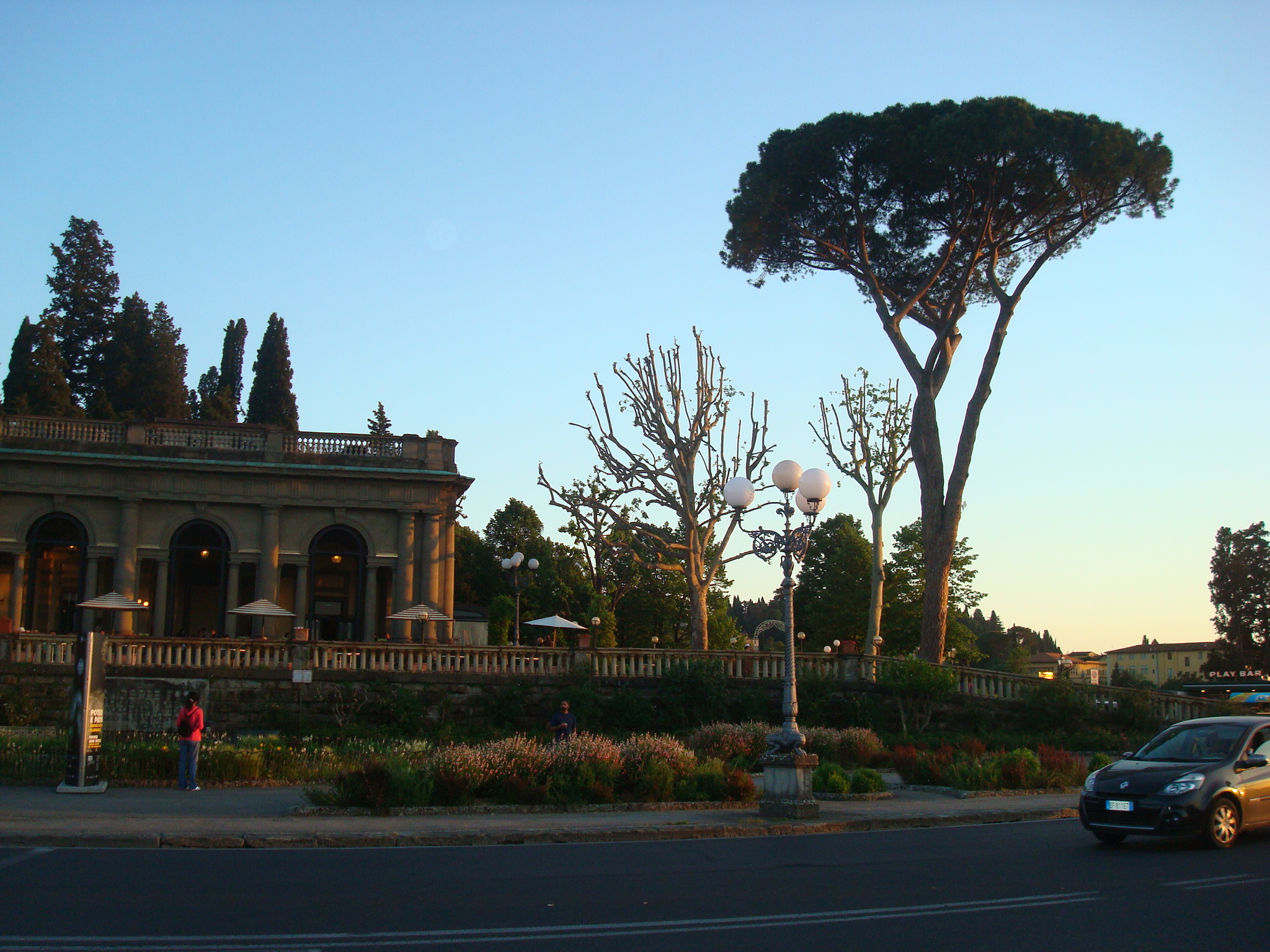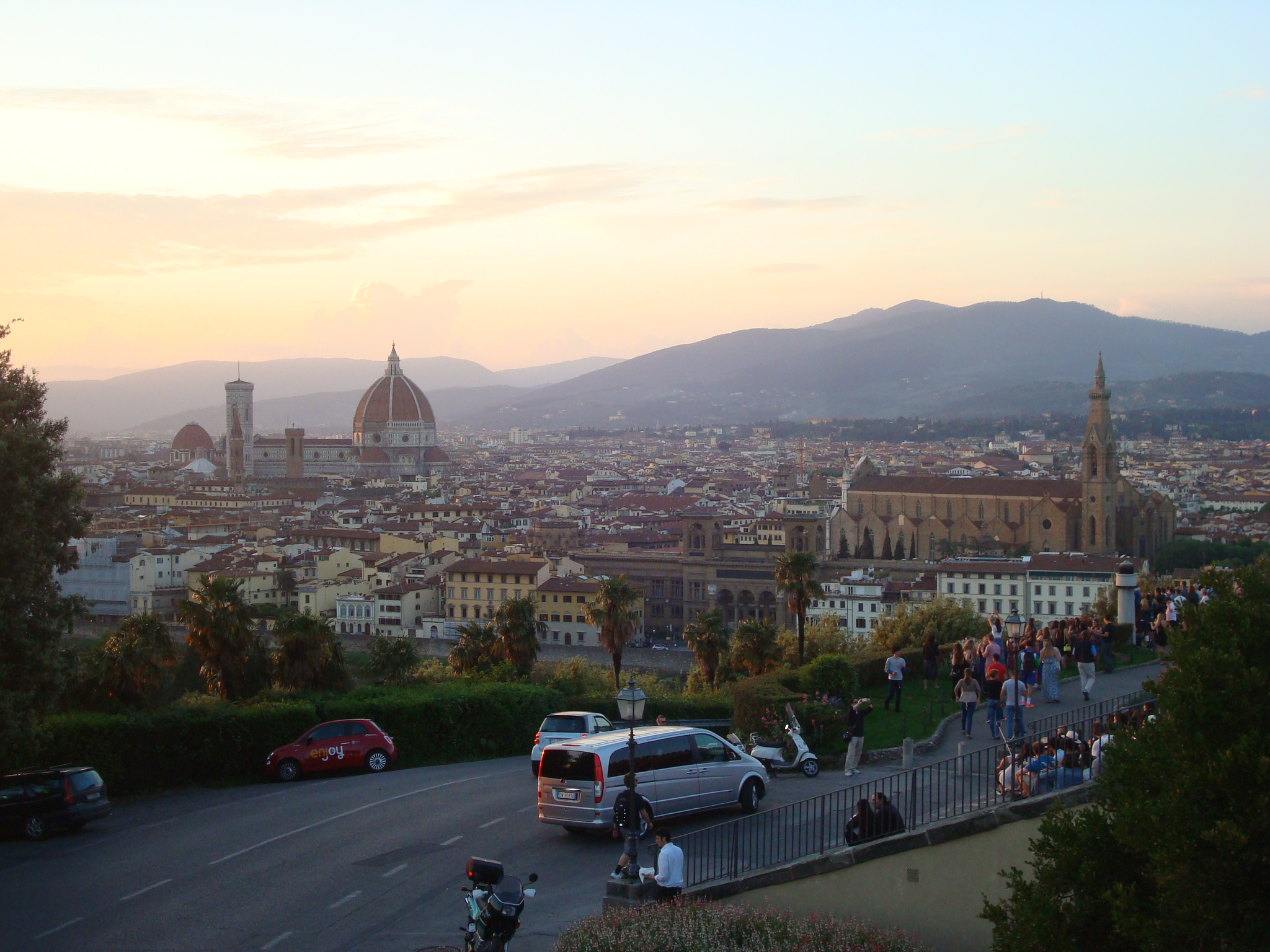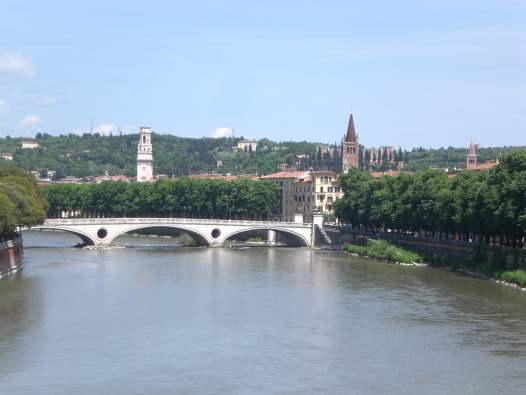
Verona, Italy and all her lovely sights
All the lovely sights in Verona, Italy
Verona, the city of love, is known for Shakespeare’s tale of Romeo & Juliet. Although the story isn’t verified to have happened in Verona, visitors consider that a minor detail. I do too as Verona has so many other wonderful things to see and do – even though I enjoyed the whole Romeo & Juliet part more than I would like to admit.
Verona is designated a UNESCO World Heritage site.
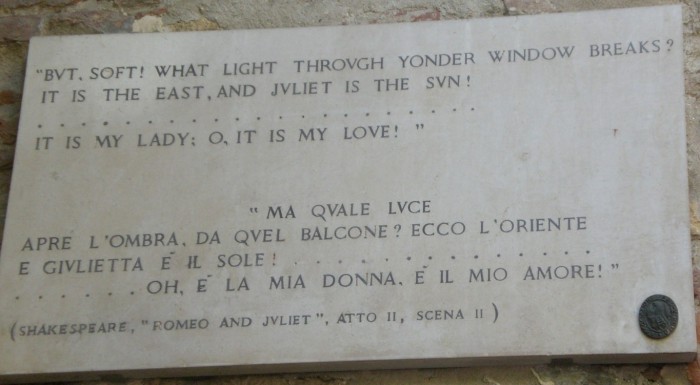
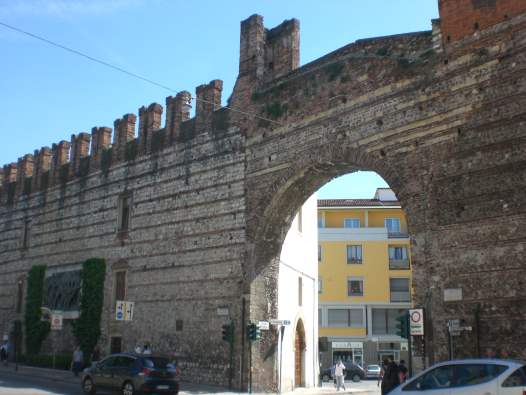
Casa di Giulietta
Located a short walk from Via Mazzini (the main street from Piazza Bra) and near the main Piazza delle Erbe, Juliet’s house & balcony draws any and all visitors to her. Here you will see the famous balcony. Admission to Casa di Giulietta is $6 euros for you to enter Juliet’s house and of course, stand on the balcony and have your picture taken.
In the courtyard, there is a bronze statue of Juliet and a gift shop with all things love and Romeo&Juliet. This part of the courtyard is free and many visitors take pictures here of the statue and the balcony.
The gift shop is filled with overpriced R&J stuff but hey, where else are you going to get this stuff? It’s here or nowhere. There are cakes and desserts in heart shapes and even ravioli pasta in the shape of hearts.
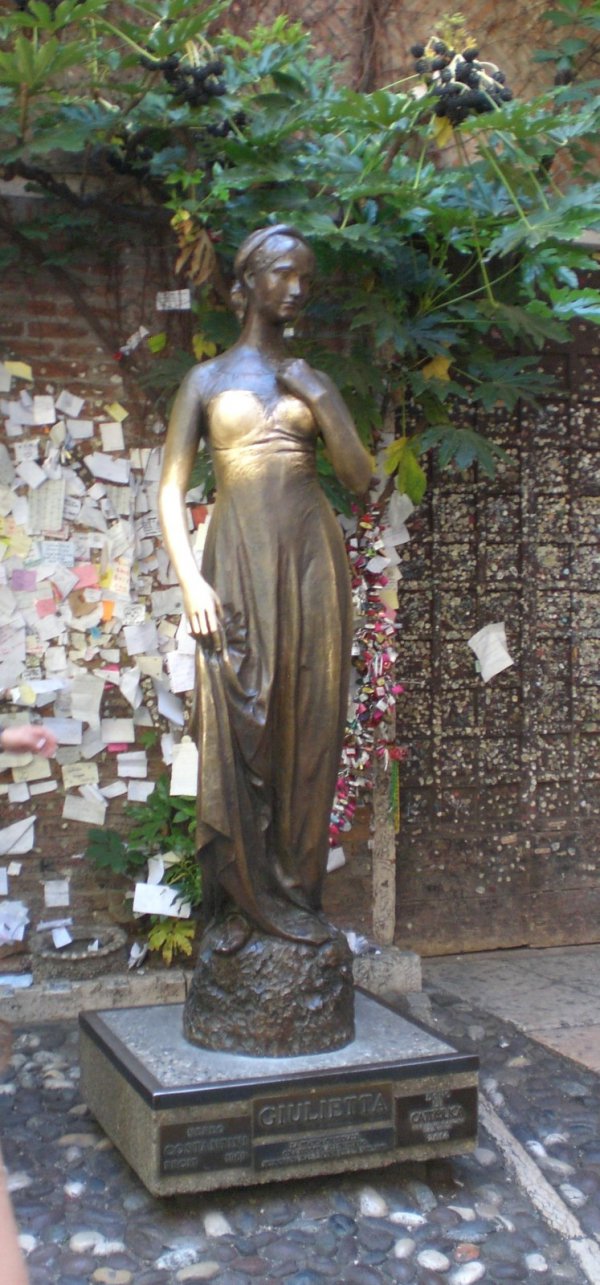
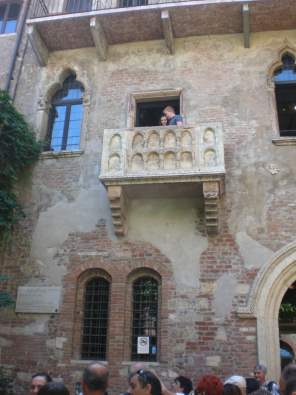
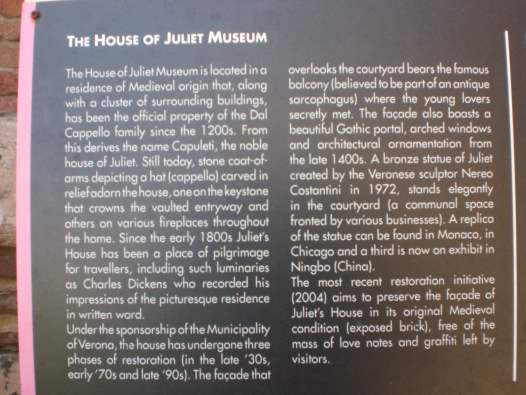
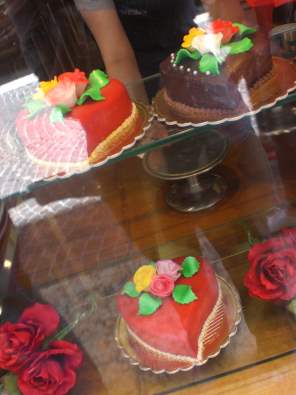
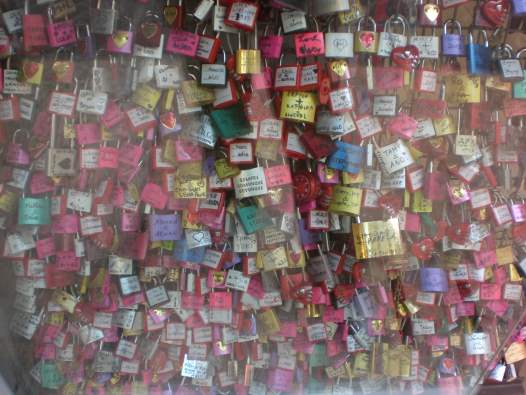
Arena di Verona
Located in Piazza Bra, this is Italy’s 3rd largest Roman arena. The arena is very much intact and even hosts night opera performances from June-August. For opera tickets (starting at $21 euros), visit arena.it. To view the arena, join the queue to buy an entrance ticket ($10 euro). I found this arena to be rather cute in its smaller form.
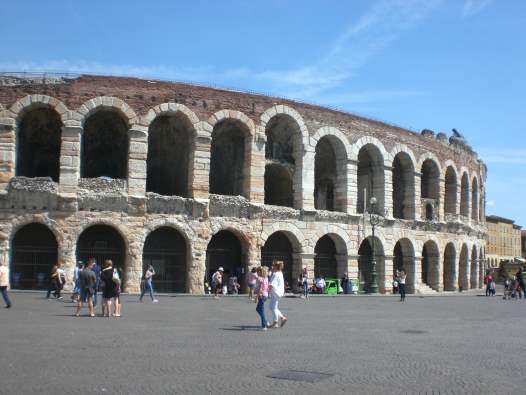
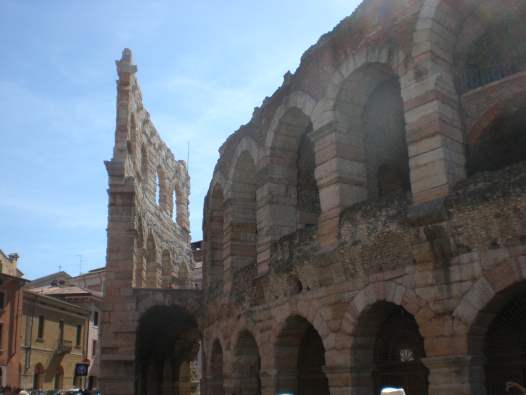
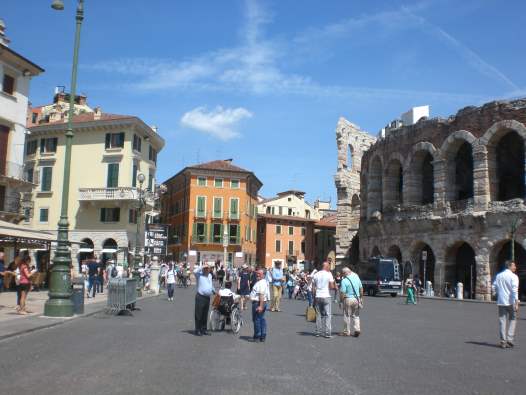
Piazza delle Erbe & Piazza dei Signori
Considered one of Italy’s most beautiful piazzas, this square has two piazzas together making it quite large. It is lined with cafes, restaurants, shops, tourists and a beautiful fountain. It seems like most of Verona converges here for lunch. I did and enjoyed the best heart shaped ravioli.
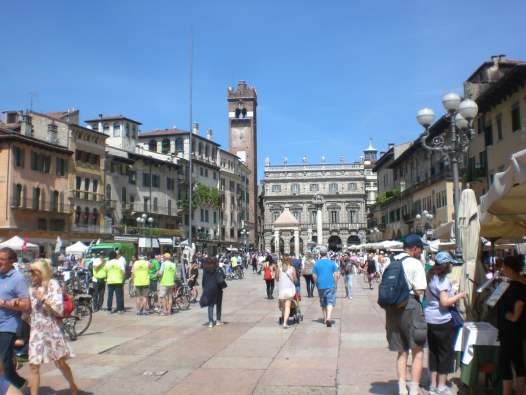
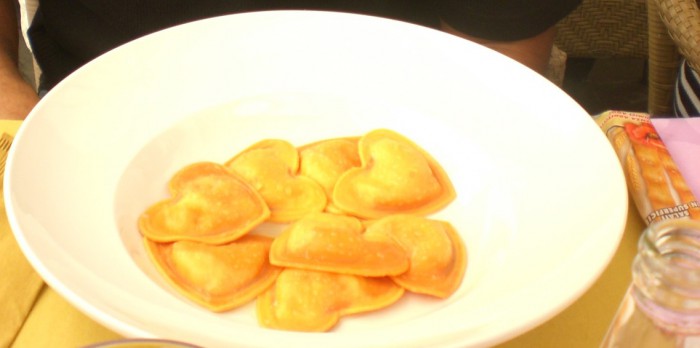
Museo Castelvecchio
Walking from Piazza delle Erbe along Porta Borsari, you will pass the medieval gates aptly called Porta Borsari. Continue further along Corsa Cavour to reach Museo Castelvecchio which houses frescoes, jewelry, paintings, etc. I walked through/around and walked onto the Ponte Scaligero bridge. From this bridge, there is a view of Verona and other bridges. You will really feel like you are in a fortified medieval town.
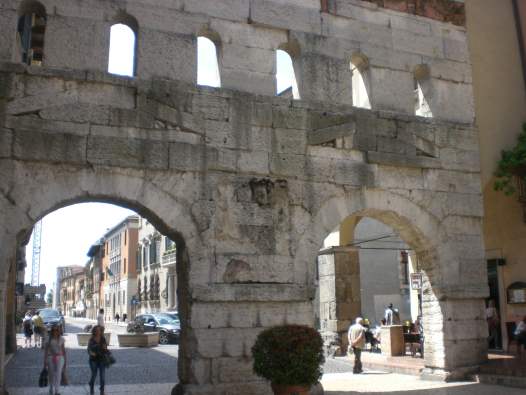
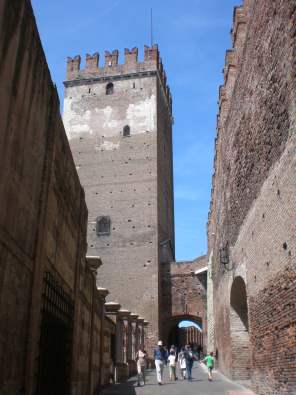
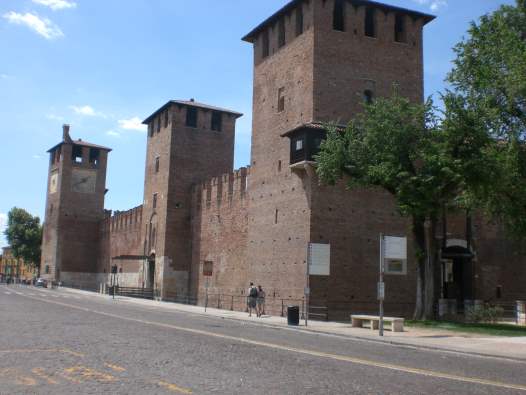
Verona Card & other sights
Other sights in Verona to consider are the San Zeno Maggiore Bascilica, elaborate gothic tombs at Arche Scaligere or the Giusti Gardens. If in Verona for a day or two, consider the Verona Card for $18 or $22 euros respectively. This will get you in to the sights mentioned in this blog and others. Check it out at turismoverona.eu and select your language.
Getting there:
From Florence SMN station (2-2.5 hour) or Venice (30 minutes) take a train to Verona Porta Nuova. From Florence to Verona, there is a train change in either Bologna or Padova.
When I made this change over in Bologna, I had to walk underground, come out above ground and walk to another train track. There really weren’t any signs that I recall and not a lot of people around. Make sure that there is enough time in between the train arrival & departure to pick up the 2nd train (minimum 20mins for this changeover).
From Venice, there shouldn’t be a changeover because it’s a short trip. From other cities in Italy, there may be a changeover. Check the train schedules at Trenitalia.it. As well, there may be 2 for 1 pricing on your trip so take advantage of that when you book. For more information on Italian train travel read my post, Discover Italian Train Travel.
Take a local bus from the Verona train station to Piazza Bra, the city center ($1.3 euros one way, valid for 1.5 hour). Bus #11, 12 or 13 will take you there. On Sundays or holidays, take #92 or #93. I took a taxi to my hotel (Crowne Plaza) to drop off my luggage which wasn’t very costly ($12-14 euros).
You can leave your luggage at the station in the luggage room. However, I felt like there wasn’t an indication of when you could retrieve it. I was there during the evening (twice/two different days) and saw no one and no movement in/out of the luggage room – but that could just be my experience.

